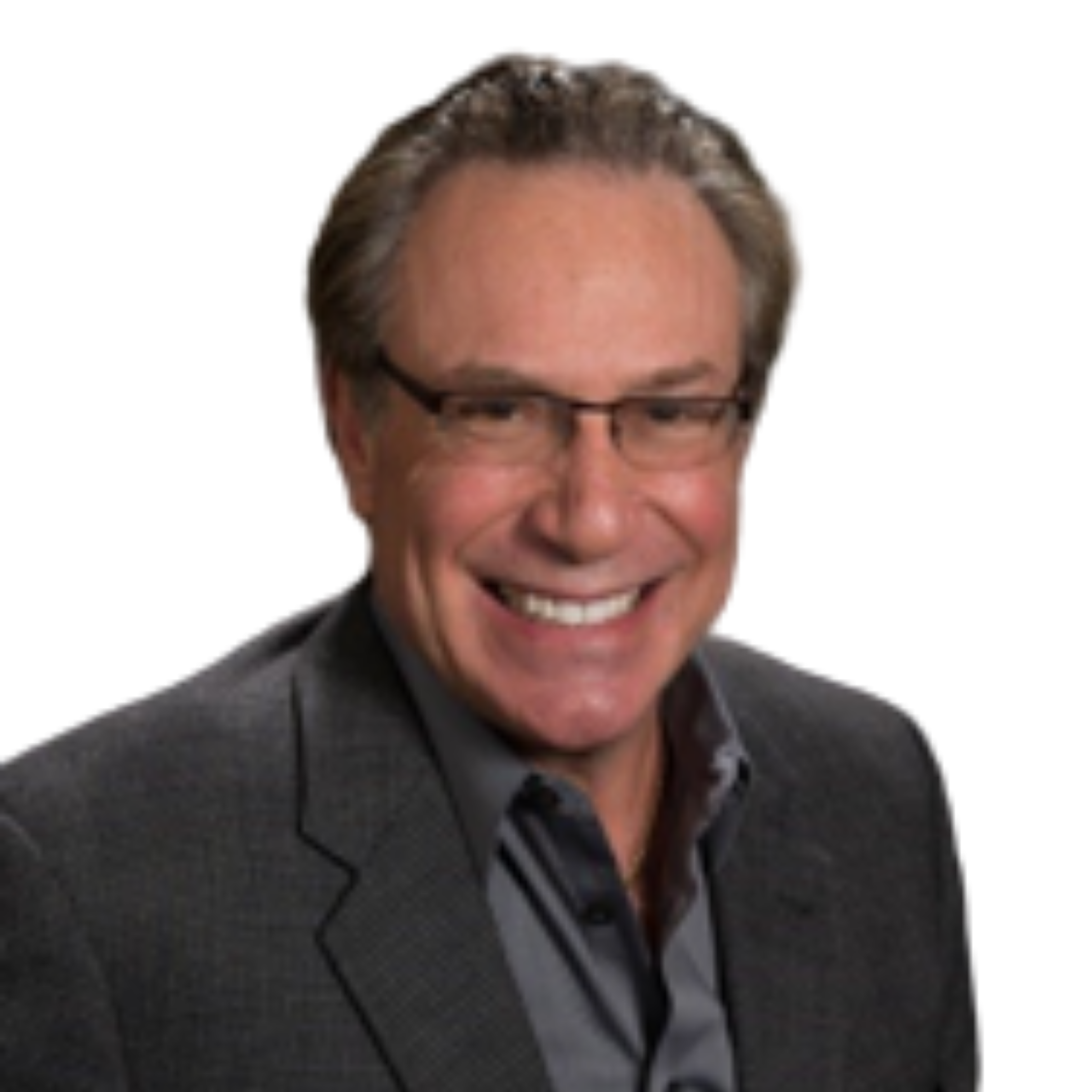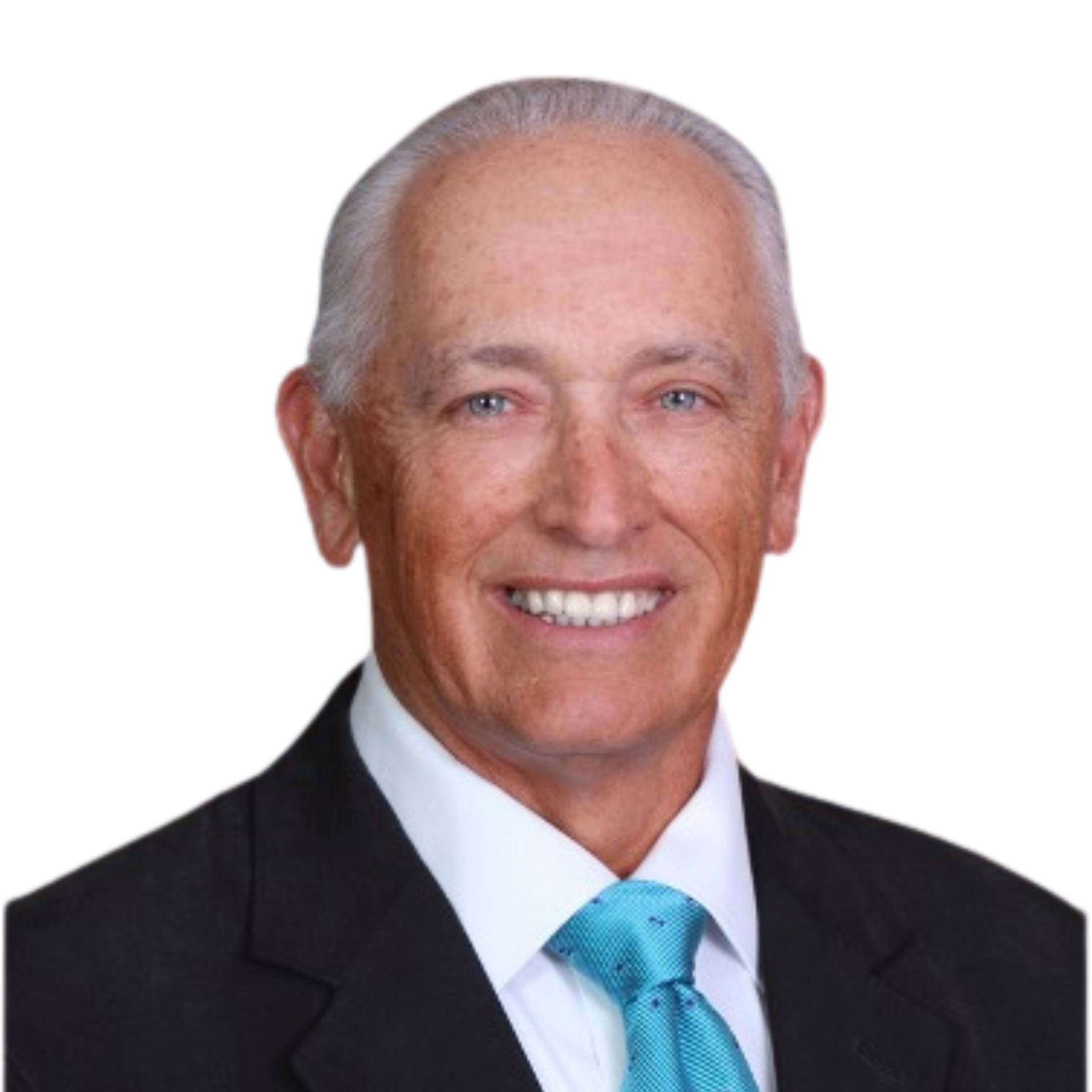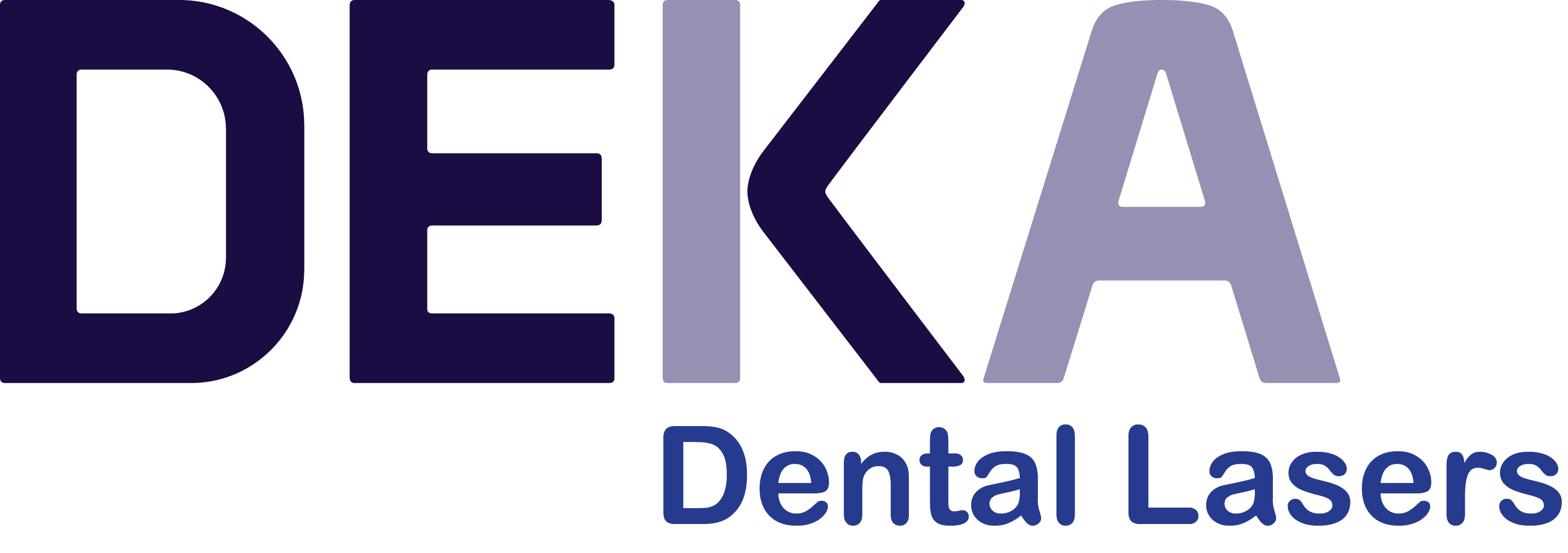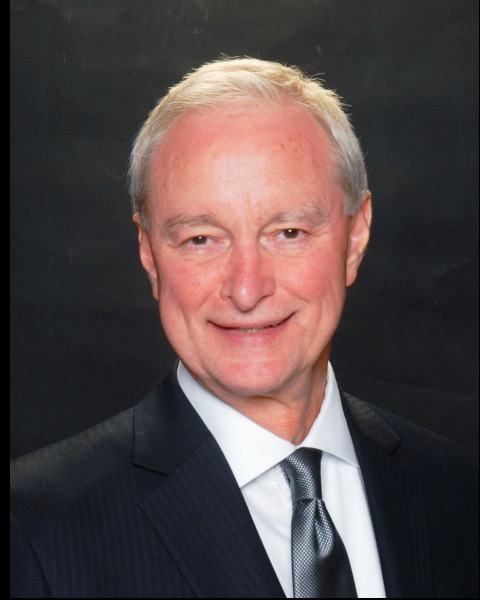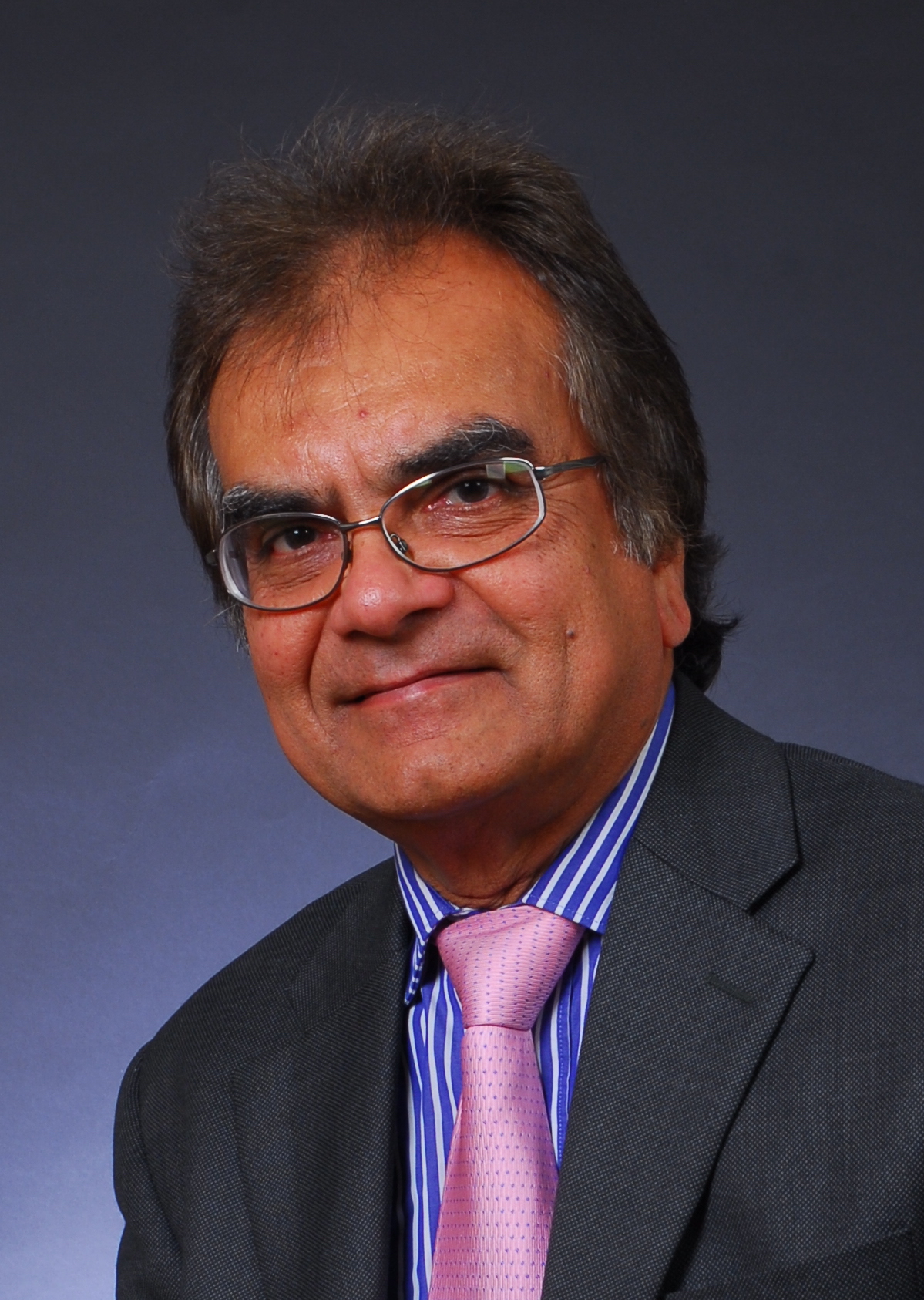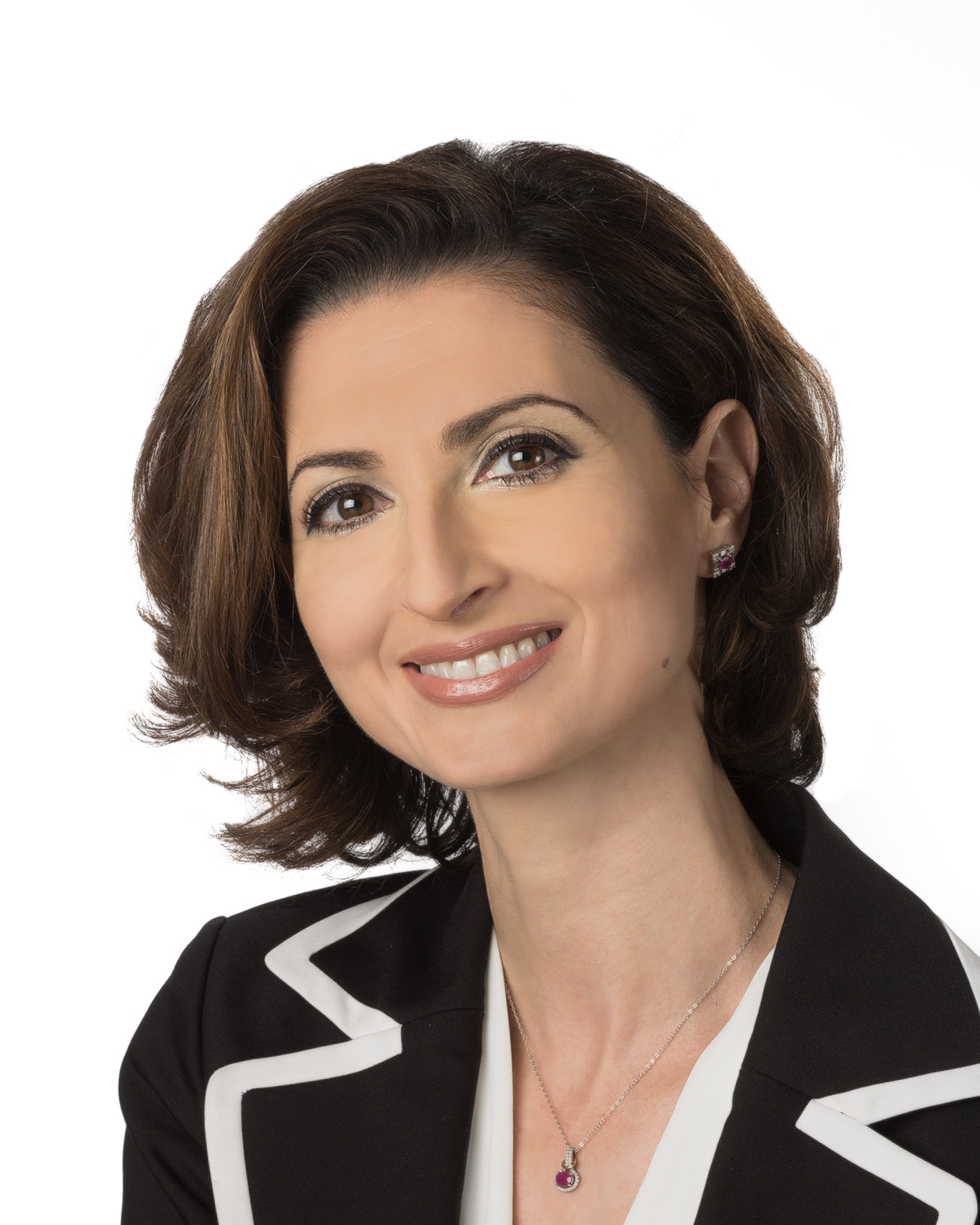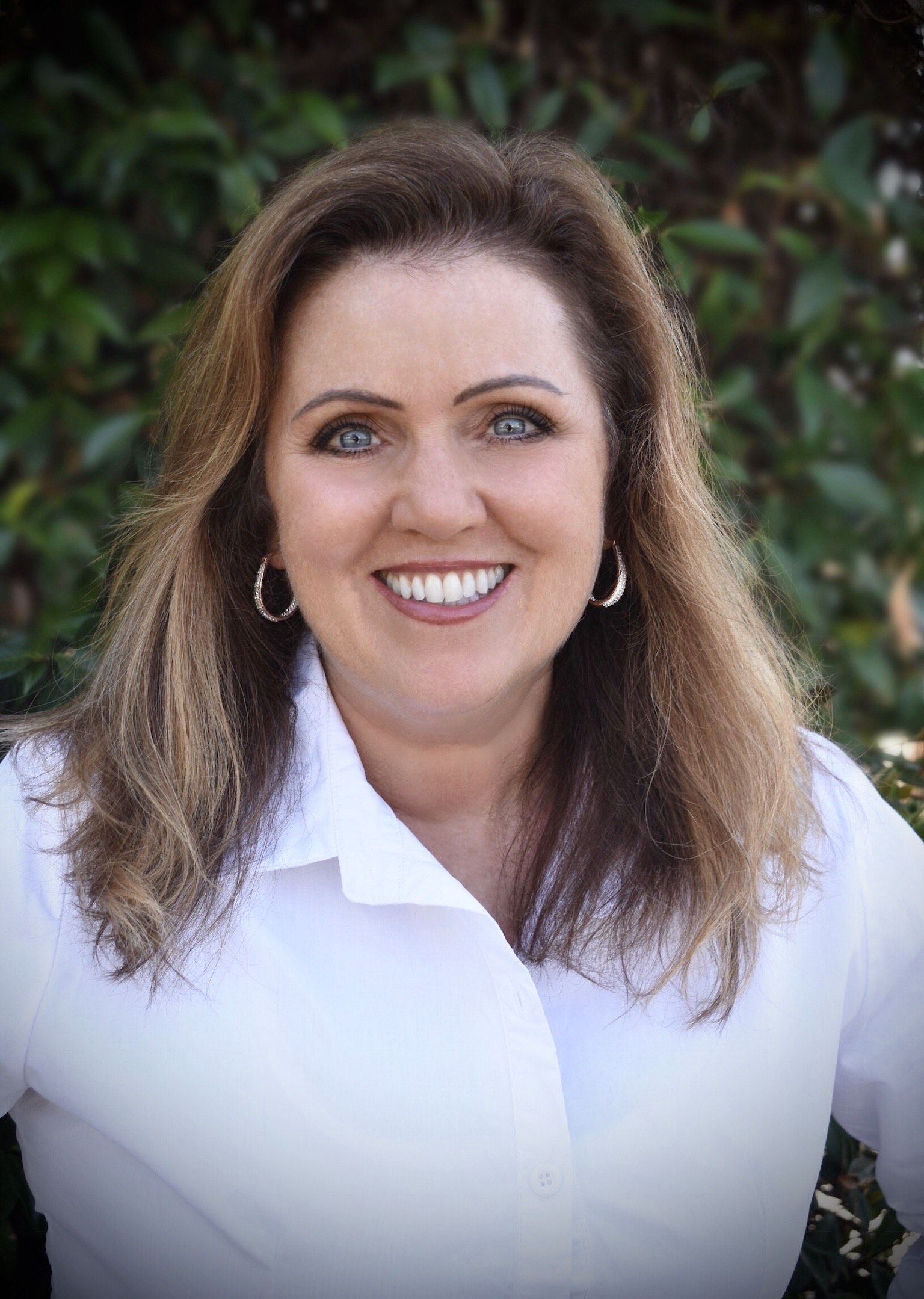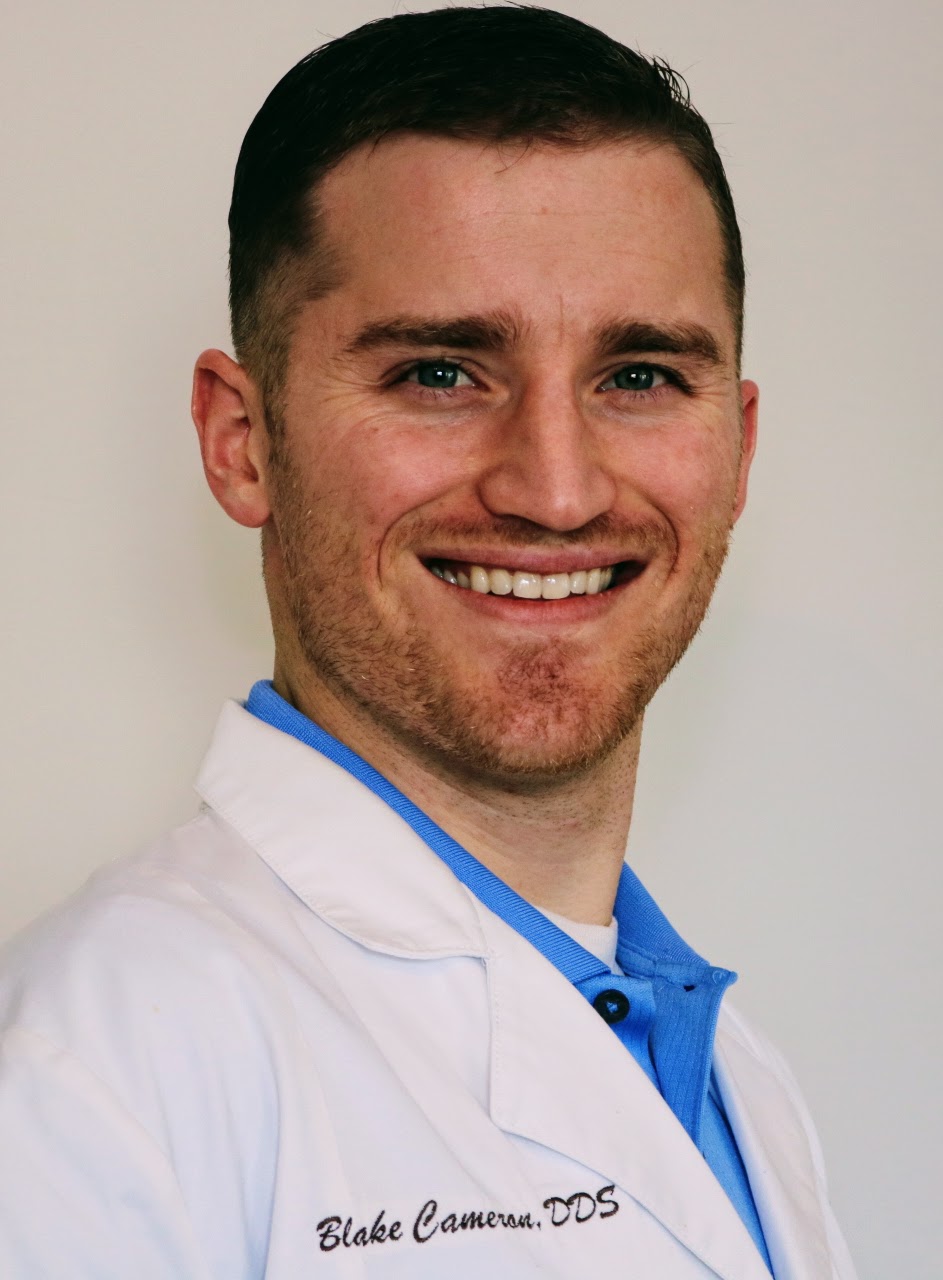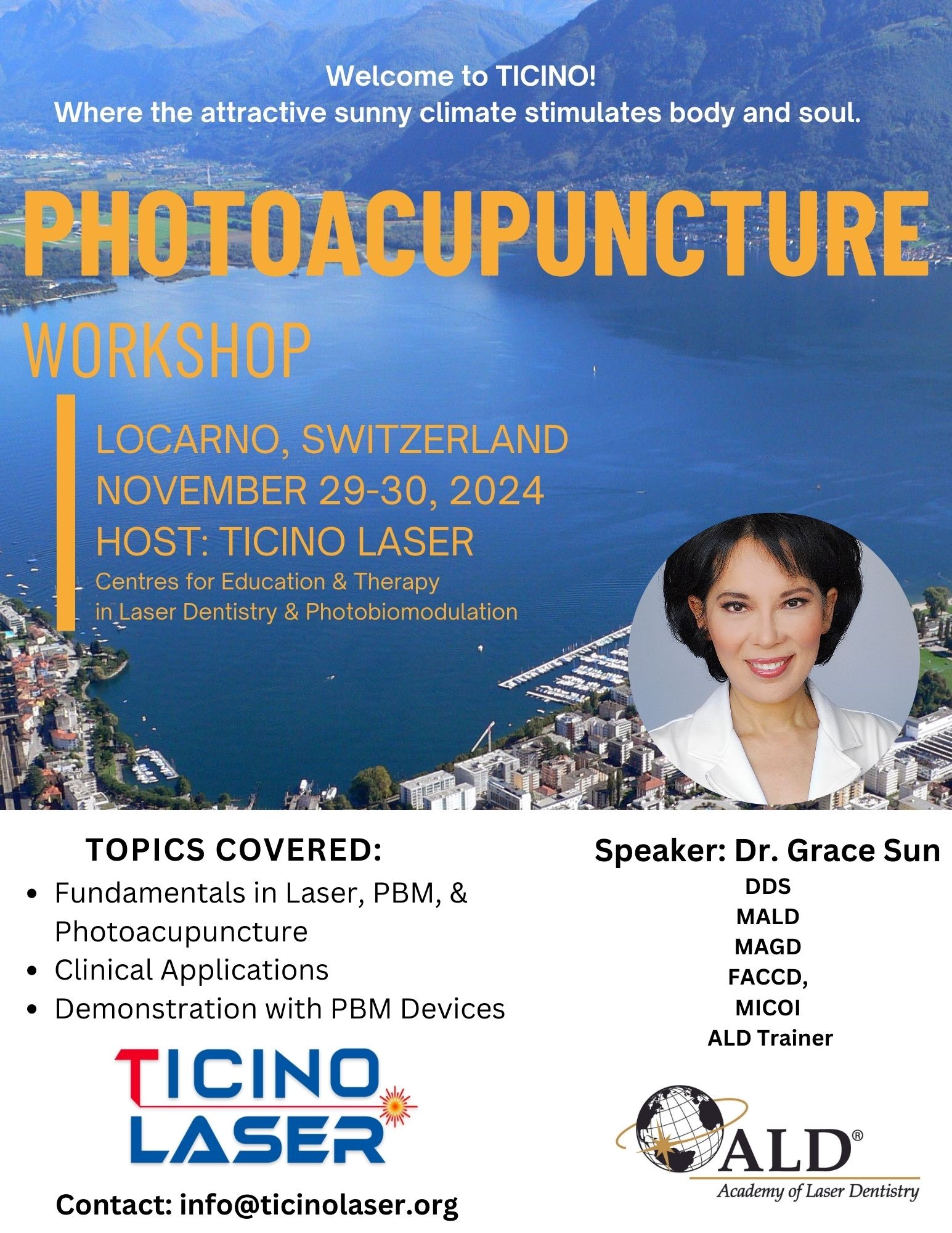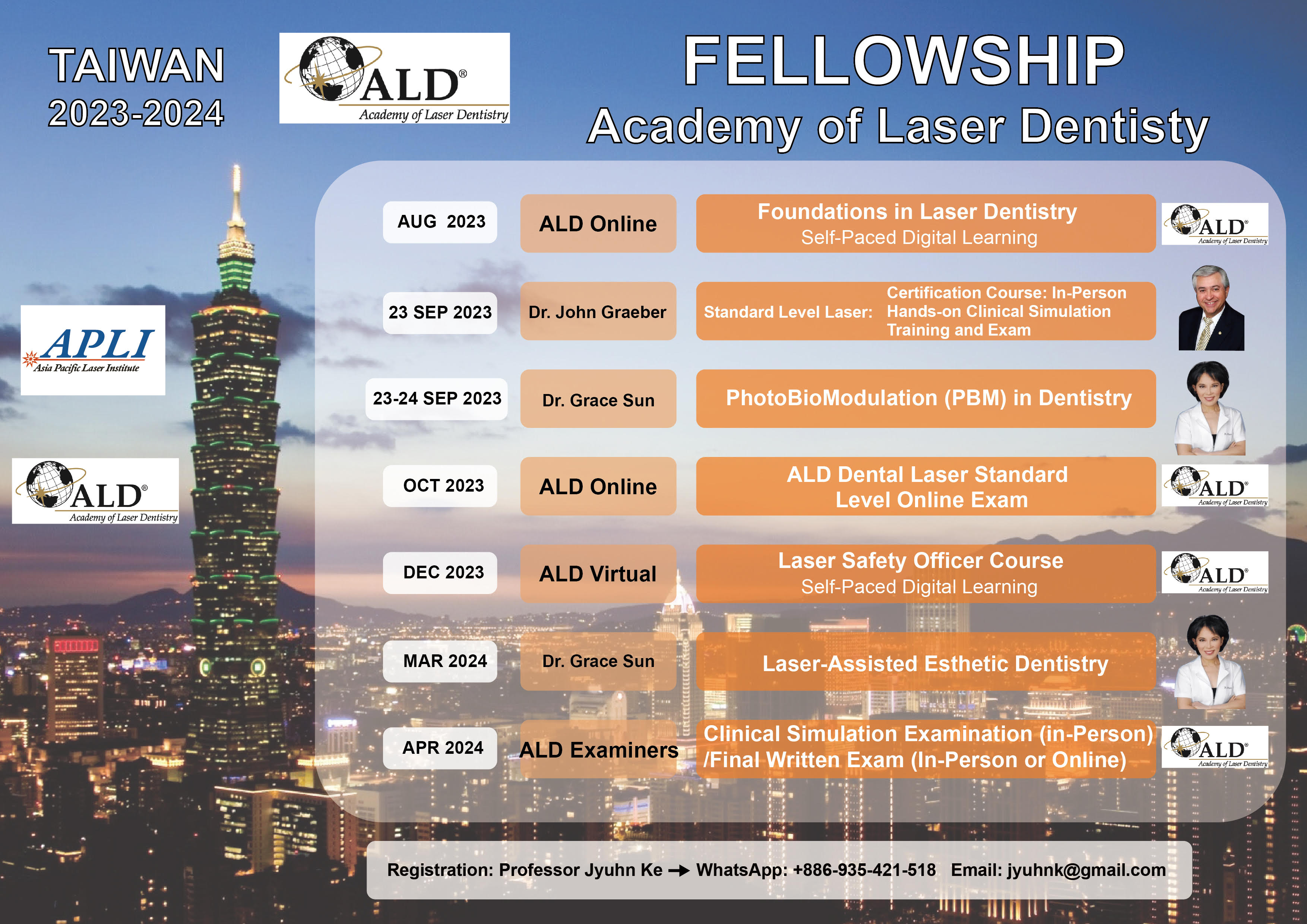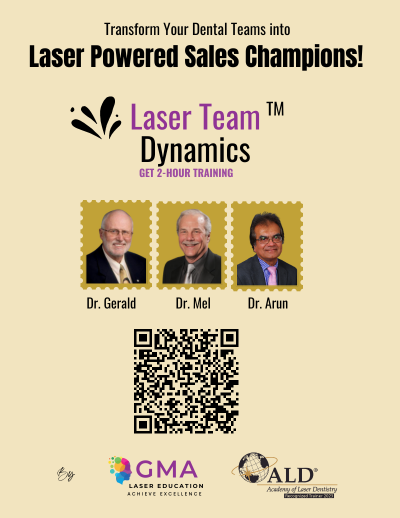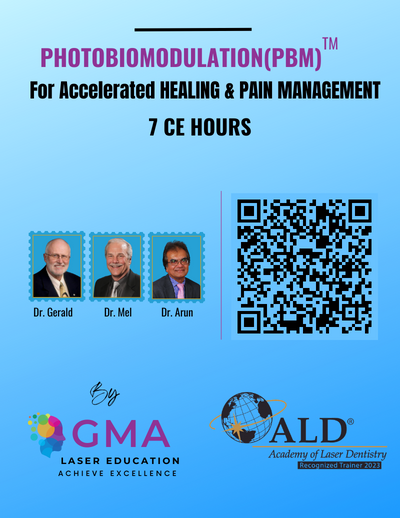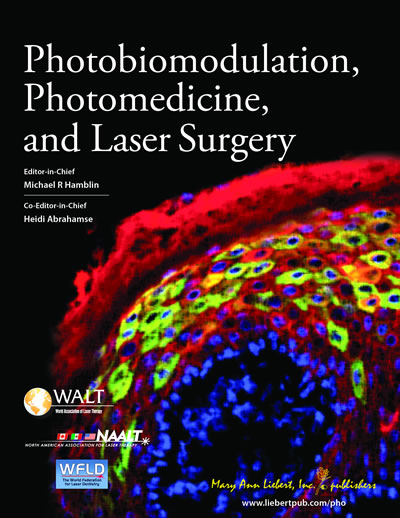- Home
- About ALD
- ALD 2024
- Education
- Membership
- Resources
- Blog
- Find A Dentist
|
ALD 2022 Annual Conference Tuesdays & Thursdays in April 2022 | 7:00 pm - 9:30 pm ET
|
|||||||||||||||||||||||||||||||||||||||||||||||||||||||||||||||||||||||||||||||||||||||||||||||||||
| Tuesday, April 5 | Thursday, April 7 |
| Tuesday, April 12 | Thursday, April 14 |
| Tuesday, April 19 | Thursday, April 21 |
| TUESDAY, APRIL 5, 2022 | |
 |
PBM: Mechanisms of ActionJames Carroll, FRSM | Chesham, Buckinghamshire, United Kingdom Track: Essentials: PBM and Team Audience: Both
Photobiomodulation (PBM) is the application of light to accelerate tissue repair and reduce inflammation, edema, and pain. In addition, it can trigger defensive mechanisms making tissues more resilient to the effects of subsequent trauma. There is an immunomodulatory mechanism performing apparent contradictory effects: increasing antimicrobial cells (neutrophils, NK cells, T cells, B cells, macrophages) while at the same time reducing inflammatory cytokines. This suggests PBM supports physiological homeostasis. The First Law of Photochemistry states light must be absorbed for photochemistry to occur. So the PBM mechanism must start with the absorption of a photon. This is followed by a chemical or photophysical reaction, leading to a cascade of intracellular, extracellular, organ-wide, and systemic responses described as primary, secondary, tertiary, and quaternary effects. The leading hypothesis has been that light is absorbed in mitochondria by cytochrome-c oxidase, but this is in dispute. It remains the case that cytochrome-c oxidase (directly or indirectly) is influenced by light, leading to increased oxygen consumption concomitant with increased adenosine triphosphate (ATP) production and a burst of reactive oxygen species (ROS). In hypoxic or otherwise stressed tissues there is a reduction in oxidative stress and an increase in production of growth factors leading to improved tissue repair. Mitochondrial complexes are not the only absorbing (or otherwise influenced) molecules; cellular and mitochondrial membranes absorb infrared radiation, causing changes in membrane permeability. PBM also increases the availability of nitric oxide, improves intracellular signaling, increases vasodilation, and may explain the improved lymphatic flow. There is a nonlinear dose-response; not enough light and there is no effect, too much light and the effect as lost. To make matters more complicated, different wavelengths produce different results for the same dose and irradiance. Analgesia and even anesthesia can be induced with PBM. This requires a high irradiance (> 300 mW/cm2) and high dose treatment to the sensory nerve supply. The high dose inhibits fast axonal flow and reduces amplitude in superficial C fibers and A delta fibers. The high dose for analgesia/anesthesia may present a problem when treating areas of trauma which need a lower irradiance/lower dose to help the tissues heal. If anesthesia is desired at the site of trauma or painful degenerative pathology, there is a risk of inhibiting desired tissue regenerative mechanisms. It may be possible to have the best of both worlds if the high-dose analgesic/anesthetic treatment is applied along the course of the nerve supply proximal to the trauma. Myofascial trigger points are a component of musculoskeletal pain (such as in temporomandibular disorder (TMD) and neck pain); PBM treatment reduces tenderness and deactivates the active motor end plate, leading to the relaxation of the taut muscle. Defensive mechanisms (preconditioning) in nonstressed tissue have been proven unequivocally in vitro, in vivo, and clinically, but again the mechanism is still being explored. Finally, stem cell mobilization, proliferation, and differentiation are unequivocally proven to benefit from PBM, but the full mechanistic pathway needs further investigation.
NOTE: This presentation discusses investigational devices that have not yet received U.S. approval or clearance for the specified clinical indications or describes off-label uses.
Educational Objectives:
Biography James Carroll has 35 years photobiomodulation experience (since 1987). He is the founder and CEO of THOR Photomedicine and co-founder and investor, LumiThera, Inc. He has co-authored 24 photobiomodulation (PBM) papers and contributed chapters to 5 PBM books His bibliography is available here. James is a recognized authority on PBM dose, dose-rate effects, and the measurement and reporting of parameters. His appointments include: Biomedical Optics Society, conference co-chair (2009 to date); Fellow of The Royal Society of Medicine (2009 to date); Editorial Board of Photomedicine and Laser Surgery (2008 - 2013); World Association for Photobiomodulation Therapy (WALT), industry representative (2000 - 2004) and industry representative board member (2018 to date); North American Association for Laser Therapy, board member (2002 - 2006). Notable speaking events include: U.S. Congressional briefing on PBM as a solution for the opioid crisis; White House briefing on PBM as a solution for the opioid crisis; United Nations Global Health Impact Forum on PBM for Dry Age-Related Macular Degeneration (AMD). James received the World Association for Photobiomodulation Therapy Presidential Commendation for service and leadership in the field of Photobiomodulation in 2020, and ALD’s T.H. Maiman Award for excellence in dental laser research in 2021.
Disclosure: James receives a salary and expenses from and is a shareholder of THOR Photomedicine. He is also a co-founder of and investor in LumiThera, Inc.
Contact Mr. Carroll by e-mail at [email protected].
|
|
|
How Dental Assistants “Light” Up the Way: Lasers and the Dental AssistantJeanette Miranda, RDH, BSDH | Sioux Falls, South Dakota, USA Angie Wallace, RDH | Owasso, Oklahoma, USA Track: Essentials: PBM and Team Audience: Advanced
This laser course is designed to introduce dental assistants to lasers and demonstrate how the dental assistant can be beneficial to the contribution of the use of dental lasers. The first segment of the course will consist of information on the different types of lasers, including diodes, erbium and CO2. We will discuss the electromagnetic spectrum and the procedures for each different wavelength. Videos will be used throughout the presentation to show procedures and step-by-step protocols. The second segment of the course will focus on a basic review of laser safety, including care of wavelength-specific glasses, how to manage the optic fiber by stripping, cleaving, and placing new tips onto the laser, and how to properly dispose of the tip. This will be followed by the set-up and disinfection protocols for each laser.
NOTE: This presentation discusses investigational devices that have not yet received U.S. approval or clearance for the specified clinical indications or describes off-label uses.
Educational Objectives:
Laser Information: Thor Photobiomodulation Unit
Biographies
Jeanette Miranda received her associate degree in dental hygiene from Indiana University at South Bend (IUSB) and her bachelor’s degree in dental hygiene from Minnesota State University Mankato. She has practiced dental hygiene for more than 40 years in four states and was a clinical hygiene instructor at IUSB. She has attained Standard Proficiency and Fellowship status in the diode laser with the World Clinical Laser Institute; Standard Proficiency, Advanced Proficiency, and Mastership status with the Academy of Laser Dentistry; and Dental Hygiene Implant Certification through the International Congress of Oral Implantologists. Presently Jeanette is a substitute clinical hygienist, serves the Academy of Laser Dentistry on the Communication Committee, the Auxiliary Committee, and the Certification Committee. She is a past-president for the South Dakota Dental Hygienists’ Association and lectures on topics including dental laser and dental implants.
Disclosure: Jeanette Miranda is an educator with Hygiene Advantage.
Contact Ms. Miranda by e-mail at [email protected].
Angie Wallace is a laser educator for the Academy of Laser Dentistry, and has achieved her Mastership with ALD. She is currently the co-chair of ALD’s Regulatory Affairs Committee and serves on several other committees. Angie was the 2014 recipient of the John G. Sulewski Distinguished Service Award from the ALD. She has been recognized as an international speaker and provides in-office laser certification courses.
Disclosure: Ms. Wallace provides laser training and educational consulting through her company Laser Hygiene, LLC. She reports modest earnings from tuition for courses, and receives support with lasers for her educational programs from several laser companies. She also speaks for King Dental and Biolase and receives honoraria.
Contact Ms. Wallace by e-mail at [email protected].
|
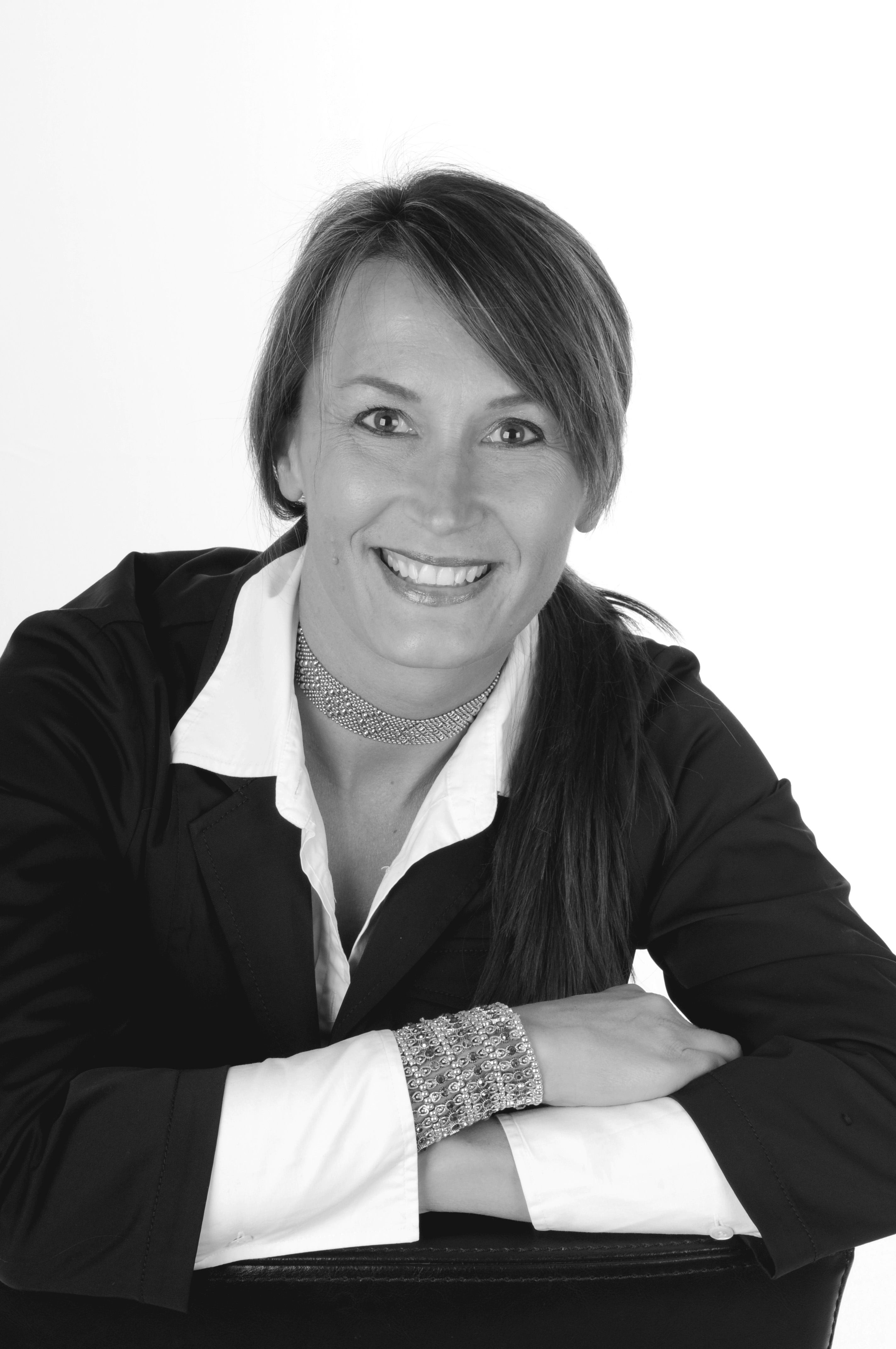 |
Comprehensive Nonsurgical Periodontal Therapy Utilizing CO2 LasersGwen Smukowski, RDH, BSDH, MBA | Chicago, Illinois, USA Track: Essentials - PBM and Team Audience: All
The purpose of this lecture is to highlight the utilization of the 10,600-nm CO2 laser in treating periodontal disease in a nonsurgical modality. The lecture is appropriate for both novice and experienced users and will include basic laser physics applicable to CO2, biologic rationale for lasers, clinical guidelines, laser safety, and administrative tactics. The presentation will be a mix of slides, videos, case studies, and guideline tables. Concise and reproducible guidelines for using the CO2 laser in early, moderate, and advanced case types will be presented.
Educational Objectives:
Laser Information: Device Specifics for Laser Bacterial Reduction: DEKA Smart US-20 D CO2 laser, Florence, Italy Wavelength: 10,600 nm. Power for Active Therapy: Level 2.0. Power for Recare Therapy: Level 1.5. Emission mode: Super Pulsed. Energy per pulse (Average energy on target tissue): Active Therapy: 1.0-1.2 W; Recare Therapy: 0.7-0.9 W. Pulse rate: 50 Hz. Beam Profile and Pulse Duration: Initial beam penetration 60 microseconds, secondary stimulatory beam tail 100-500 microseconds. Duty cycle: 0.4% on, 99.6% off. Handpiece: Standard 4”, Tapered Tip. Treatment interval: Repeat at 2-3 week interval
Biography
Gwen Smukowski is the founder of Continuity Consulting, an educator and coach, a national speaker, as well as clinical hygienist in private practice. She maintains her focus on the development and expansion toward excellence in periodontal care and esthetic/restorative team support. This focus on excellence has taken her worldwide as an instructor and speaker on the subjects of laser-assisted periodontal health, practice management, leadership development, operational excellence, integrated marketing, and team-based comprehensive dentistry. Gwen brings this broad prospective of clinical, managerial, and academic experiences to her work. As a consultant and coach, her focus is to inspire and empower dental teams with current research, technology, and the systems necessary to reach new levels of growth and success for their practice.
Disclosure: Gwen Smukowski lectures for Deka Dental and receives a modest honorarium.
Contact Ms. Smukowski by e-mail at [email protected].
|
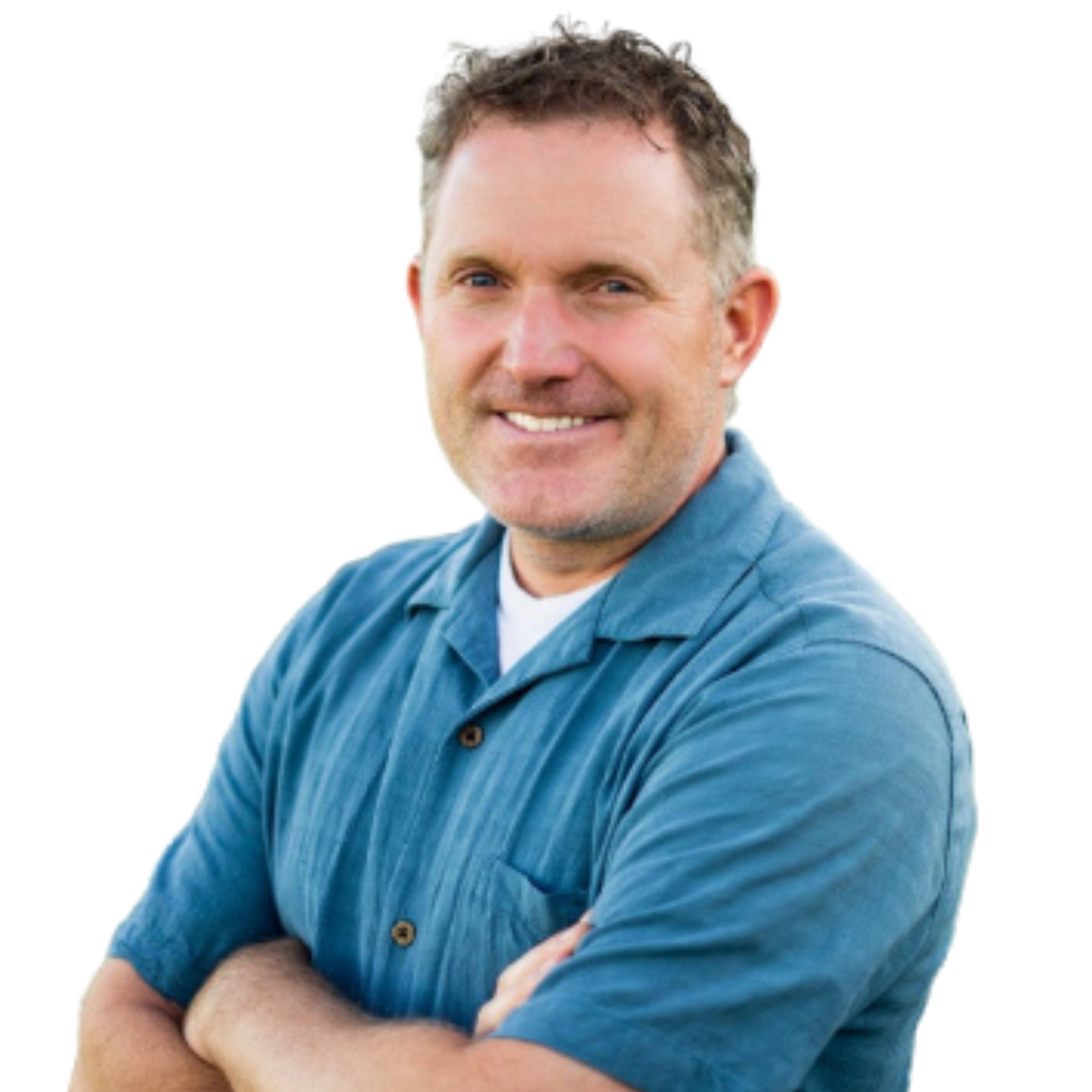 |
Holistic Laser DentistryJudson Wall, DDS | Bountiful, Utah, USA Track: Innovations: Holistic Audience: Both
The mouth is the gateway to health. If the mouth is unhealthy, disease is inevitable. More and more literature is being published every day on the oral-systemic connection. Holistic dentistry involves viewing the mouth as it relates to the rest of the body. Laser technology and red light therapy are key to holistic dentistry. During this presentation, Dr. Wall will review common laser applications used daily in his holistic dental practice, as well as the literature that supports its use.
NOTE: This presentation discusses investigational devices that have not yet received U.S. approval or clearance for the specified clinical indications or describes off-label uses.
Educational Objectives:
Laser Information: Nd:YAG and Er:YAG Lightwalker (Fotona, Ljubljana, Slovenia), USA laser, MR4 (Multi Radiance Medical, Solon, Ohio, USA), Hooga red light and IR (630, 650, 800 nm) (New Berlin, Wisc., USA)
Biography
Dr. Wall has been helping patients to feel better for over 20 years. He is a graduate of the University of Utah and received his Doctor of Dental Surgery from the West Virginia University School of Dentistry. He has an impressive list of accomplishments and credentials, including Accreditation by the International Academy of Oral Medicine and Toxicology, a Fellowship with the American Academy of Craniofacial Pain (July 2010), and a Fellowship with the Academy of General Dentistry (June 2007). He is internationally sought after as a lecturer, teaching and training about metal-free dentistry, laser dentistry, zirconia implants, oral infection resolution, tempormandibular joint (TMJ) dysfunction, and sleep appliance therapy. Dr. Wall teaches dentists from around the world how to perform holistic dentistry and hosts in-person training in his state-of-the-art facility in Bountiful, Utah. Dentists travel from far and wide to learn how to diagnose and treat patients in a manner that will have lasting beneficial systemic health effects. Details of Dr. Wall’s training programs can be found here: holisticdentaleducation.com. Dr. Wall is also a peer-reviewer for professional publications of AGD articles.
Disclosure: Dr. Wall lectures for Fotona, Swiss Dental Solutions, and Z-Systems. He receives a modest honorarium for time spent lecturing for these companies. He also runs an annual, 7-part education program in Bountiful, Utah.
Contact Dr. Wall by e-mail at [email protected].
|
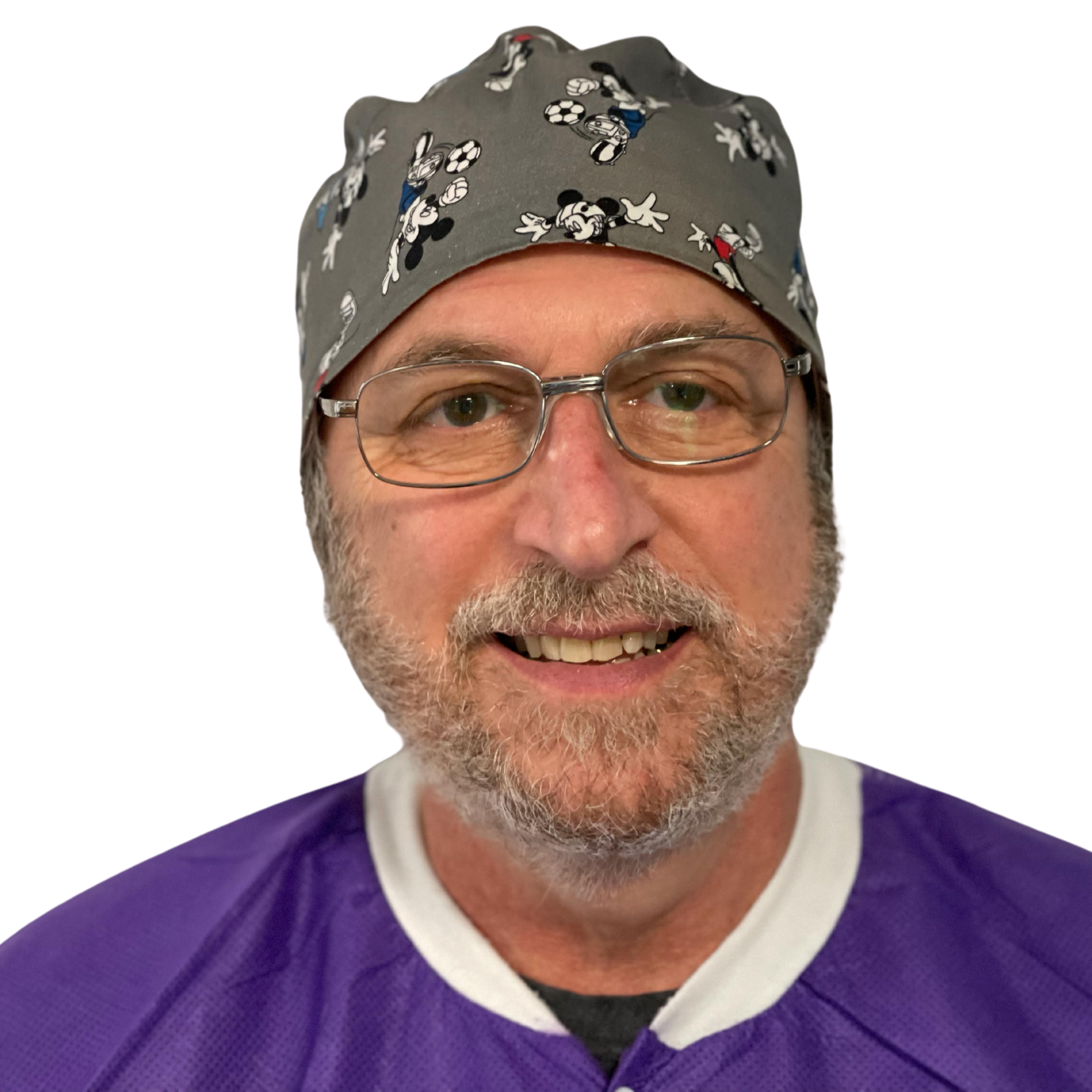 |
Photobiomodulating Lasers and Children’s Dental CareLarry Kotlow, DDS | Albany, New York, USA Track: Essentials: PBM Audience: Both
Many laser instruments are available for treating oral disease. Some treatments involve removal of hard and/or soft dental tissue. However, other beneficial therapeutic results can occur without a photothermal event, and these effects are known as photobiomodulating (PBM) or low-level laser effects. They can be produced by most lasers; however, specific photobiomodulating laser instruments are available that operate at levels below 500 mW and can be used to provide a wide range of benefits. This presentation will describe the many uses for these devices used in the author’s pediatric dental practice.
NOTE: This presentation discusses investigational devices that have not yet received U.S. approval or clearance for the specified clinical indications or describes off-label uses.
Educational Objectives:
Biography
Dr. Kotlow is a 1972 graduate of the State University of New York (SUNY) at Buffalo Dental School, and completed his pediatric dental residency at the Children’s Hospital in Cincinnati, Ohio, in 1974. He became Board Certified in Pediatric Dentistry in 1980‚ and is a life member of the American Dental Association (ADA), Life Fellow of the American Board of Pediatric Dentistry (FABPD) life member of the New York State Dental Association (NYSDA) and Third District Dental Society of New York, member of American Academy of Physiologic Medicine and Dentistry (AAPMD)‚ and has been a member of the Academy of Laser Dentistry (ALD) since 2000. He has achieved Mastership from the Academy of Laser Dentistry (MALD)‚ ALD Advanced Proficiency in Er:YAG, Nd:YAG, and CO2 (9300 nm) lasers, and Standard Proficiency in diode (810 nm and 980 nm) lasers. Dr. Kotlow is the author of more than 30 peer-reviewed articles, two textbooks (Atlas of TOTS and SOS 4 TOTS) about lasers, infant frenectomies, and breastfeeding. He has contributed to various chapters in six textbooks in laser dentistry.
Disclosure In the past Dr. Kotlow has provided educational presentations, videos, and consultations to HOYA ConBio lasers and Fotona Powerlase Spa, LightWalker lasers, Xlase diode laser, and Photobiomodulating Lasers. He has contributed to the development of the infant goggles with Innovative Optics. At the present time, he receives honoraria for training and provide education on Solea procedures, laser safety, and laser physics to new Solea dentists for Convergent Dental (developer of the Solea laser). He is a beta tester of new upgrades and software for the Solea all-tissue carbon dioxide dental laser (9300 nm), as well as a dental consultant to and investor in Convergent Dental. Presently he is an investor and developer of soft tissue dental instruments with Armor-Dental.
Contact Dr. Kotlow by e-mail at [email protected].
|
| THURSDAY, APRIL 7, 2022 | |
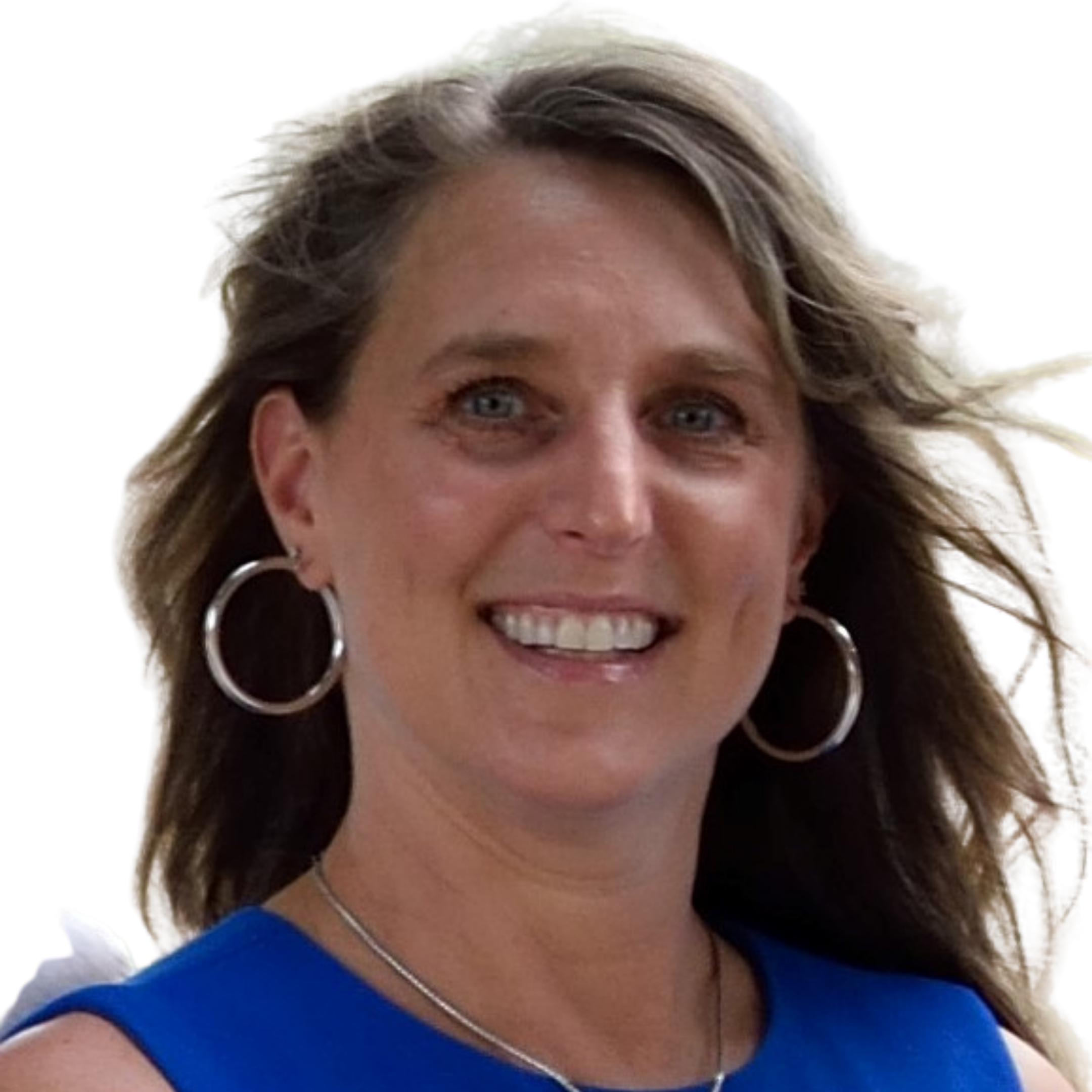 |
Healthy Hygiene – Healthy PracticeCamille Luke, RDH, MSDH | Tumwater, Washington, USA Track: Essentials: Dental Team Audience: Both
The hygiene department plays a huge role in the growth of a practice. Hygienists are in unique positions, typically having the most one-on-one contact with the patients. They are most likely first in line to present the benefits of preventive, restorative, or esthetic dentistry, providing suggestions and assisting with the decision process, setting the stage for case acceptance. Besides the direct patient care and helping patients understand the best treatment for their wants or conditions, there is also the business side of the profession – what does hygiene contribute to the financial success of the practice? Hygienists who understand the value of their position and the business side of their department should also understand the return on investment (ROI) of incorporating a laser into practice. This presentation will provide the participant with the tools and techniques to show how a successful hygienist can use a laser to help improve the health of the practice as well as the health of the patients.
Educational Objectives:
Laser Information: Diode laser
Biography
Camille Luke has practiced dental hygiene since 1992. She worked as clinical lead for the Pierce College Dental Hygiene Department in Lakewood, Washington, and adjunct faculty for Eastern Washington University Department of Dental Hygiene, Cheney, Washington. She currently serves as Director of Education and Clinical Development for a dental group in the Pacific Northwest and continues to practice clinical hygiene. Camille has presented multiple continuing education courses on topics ranging from patient care to personal and professional development. She provides mentoring and coaching to dental hygienists in multiple practices around Puget Sound, helping them create comprehensive wellness programs in their individual dental hygiene departments. She helps them understand how to incorporate the diode laser as a standard of care. Camille is member of the Academy of Laser Dentistry, the American Dental Hygienists’ Association (ADHA), and is the current Washington Dental Hygienists’ Association President. She is also a member of the American Academy of Oral Systemic Health and an affiliate member of the Academy of General Dentistry.
Disclosure: Camille Luke has reported no conflict of interest.
Contact Ms. Luke by e-mail at [email protected].
|
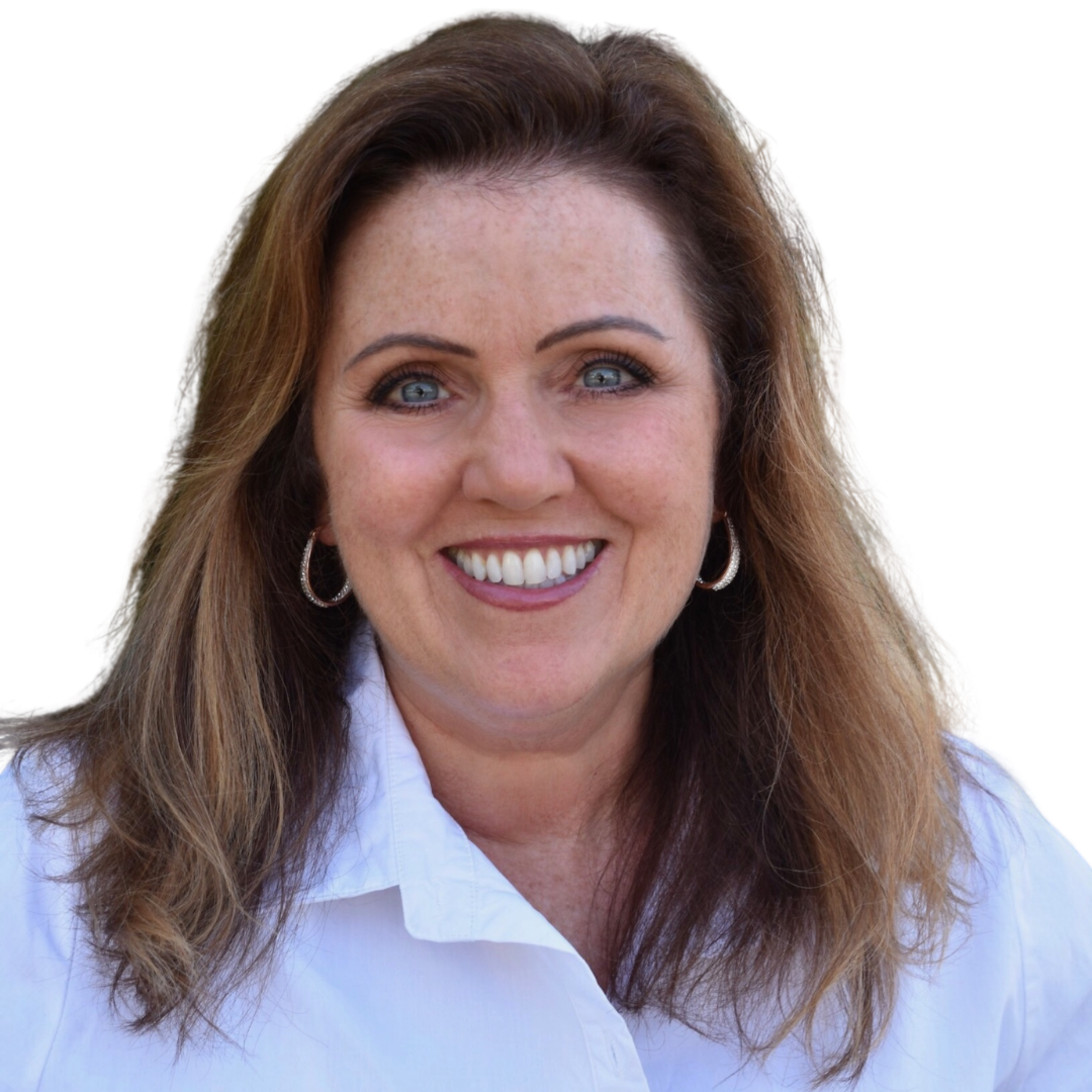 |
How Do We Incorporate Lasers into Our Practice? A Whole Team ApproachLynn Atkinson, RDH | Torrance, California, USA Track: Essentials: Dental Team Audience: Both
Many clinicians have dental laser education and may be utilizing lasers in the practice but are unsure of how to incorporate lasers with the support of all team members. The team may not be familiar with how to explain the procedures or protocols to patients. This presentation will give the attendees tools to incorporate lasers throughout the entire practice. The discussion will center on using diagnostic information to support the diagnosis and treatment plan. When this is combined with consistent terminology and verbiage to educate the patient, there is alignment and trust which leads to case acceptance.
Educational Objectives:
Biography Lynn Atkinson has been a Registered Dental Hygienist for 32 years. She graduated from Cypress College, California, with a degree in Dental Hygiene and was fortunate enough to be a part of several dental teams that incorporated state-of-the-art technology. Since obtaining the Associate Fellowship Certification through the World Clinical Laser Institute (WCLI) in 1996, Lynn has been actively applying the use of dental lasers in hygiene daily. She went on to achieve the Standard Proficiency Certification through the Academy of Laser Dentistry (ALD) in 2013 and the Advanced Proficiency Certification Parts I and II in 2019. Lynn is currently practicing clinical dental hygiene as Clinical Hygiene Director in Mission Viejo, California, four days a week. She speaks and trains doctors, hygienists, and team members on the use of lasers along with strategies to incorporate dental lasers into their protocol. She is an active member of the Academy of Laser Dentistry, the American Dental Hygiene Association, the California Dental Hygiene Association, the Orange County Dental Hygiene Association, The Western Society of Periodontology, and is a Hygiene Faculty member and Speaker for Biolase. Lynn serves on the Board of Directors at the Academy of Laser Dentistry as Auxiliary Chair, is a member of the ALD Speakers Bureau, and is involved in the Testing Committee. She is married with four children and lives in Torrance, California, where she was born and raised.
Disclosure: Lynn Atkinson is a speaker and educator for Biolase.
Contact Ms. Atkinson by e-mail at [email protected].
|
 |
Managing Dental Anxiety in a High-Anxiety WorldYolanda Cox, RDH, MEd | Blacklick, Ohio, USA Track: Essentials - Dental Team Audience: Both
The reality of dental anxiety has been confirmed and is a phenomenon experienced by more than than 75% of the adult population to some degree or another Several factors may play a part in the development of dental anxiety such as direct conditioning through negative dental experiences, indirect learning through other people’s or various media’s influence, pain, personality characteristics, and environmental factors. Dental professionals that are equipped to manage patient anxiety can help reduce the cycle of delayed visits, increased oral health issues, and symptom-driven treatment which results in a poor oral health-related quality of life. This presentation will provide you with the latest strategies to increase your emotional IQ, utilize evidence-based nonpharmacological anxiety management interventions to treat patients effectively, and implement effective methods as a team. The presentation reviews the implications and practical interventions of dental anxiety in a research-based, logical manner that connects with dental professionals. The program includes an overview of key components to emotional intelligence with a self-assessment to build self-awareness. In addition, the latest nonpharmacological anxiety management interventions will be reviewed. Included are suggestions for gaining team buy-in for successful full practice implementation. Anxiety management has taken on a new level of importance with the exacerbation of mental disorders after the COVID-19 pandemic. Dental professionals must be equipped to formulate acceptable evidence-based therapies for such patients or else they can be a considerable source of stress for the dental professional. After attending this program, participants will be able to recognize and effectively address dental anxiety to provide safe, high-quality dental care.
Educational Objectives:
Biography
Yolanda graduated from the University of Cincinnati in dental hygiene over 20 years ago. After 3 years working in private practice, she joined the Heartland Dental family. She has a strong passion for continuing education, which has contributed to her professional growth. While at Heartland, Yolanda has worked in several capacities as a dental hygienist, lead hygiene mentor, and clinical educator covering topics such as preventatives, periodontal therapy, ergonomics, leadership, medical emergency, sedation monitoring, and laser dentistry. Her current role is Professional Learning and Development Manager of Doctor Education which involves leading a team of training developers in the design and execution of blended learning programs for 2000+ supported doctors and their teams within the Heartland Dental organization covering the various areas of dentistry. Yolanda lives in Blacklick, Ohio. She enjoys traveling, watching sports, serving her community, and empty-nesting with her husband Richard.
Disclosure: Yolanda Cox is Professional Learning and Development Manager of Doctor Education for Heartland Dental.
Contact Ms. Cox by e-mail at [email protected].
|
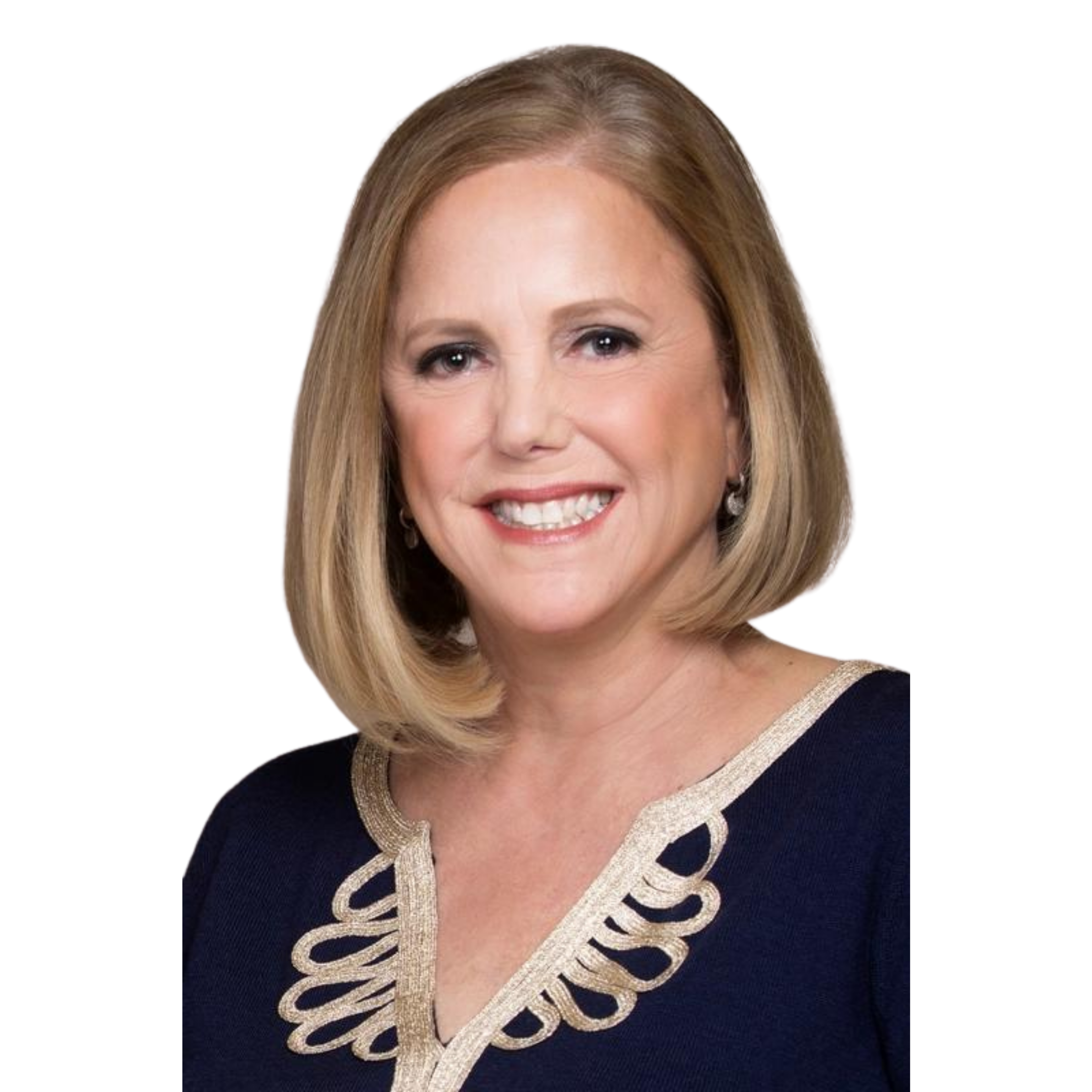 |
What Went Wrong? Dealing with Complications and Bad OutcomesLaura Braswell, DDS | Atlanta, Georgia, USA Track: Controversies in Dentistry Audience: Both
At most meetings the attendee sees everyone's best cases, but what about the worst cases? This presentation will showcase the “not so great” laser cases with complications and bad outcomes. By evaluating our problem cases, we can learn a lot about how to better treat our patients by changing our techniques, laser settings, and even attitudes!
Educational Objectives:
Laser Information: Multiple lasers and settings will be presented along with possible changes in all that could improve patient treatment.
Biography Dr. Braswell is a practicing periodontist who has been working with lasers since before they were on the market. She is a Charter member of the ALD, has attained ALD Mastership, and serves on the ALD Board of Directors as well as several committees. Dr. Braswell is on the faculty of Dental College of Georgia, Emory University, and Georgia State University, and serves on the FDA Committee for Lasers and Devices.
Disclosure: Dr. Braswell has reported no conflict of interest.
Contact Dr. Braswell by e-mail at [email protected].
|
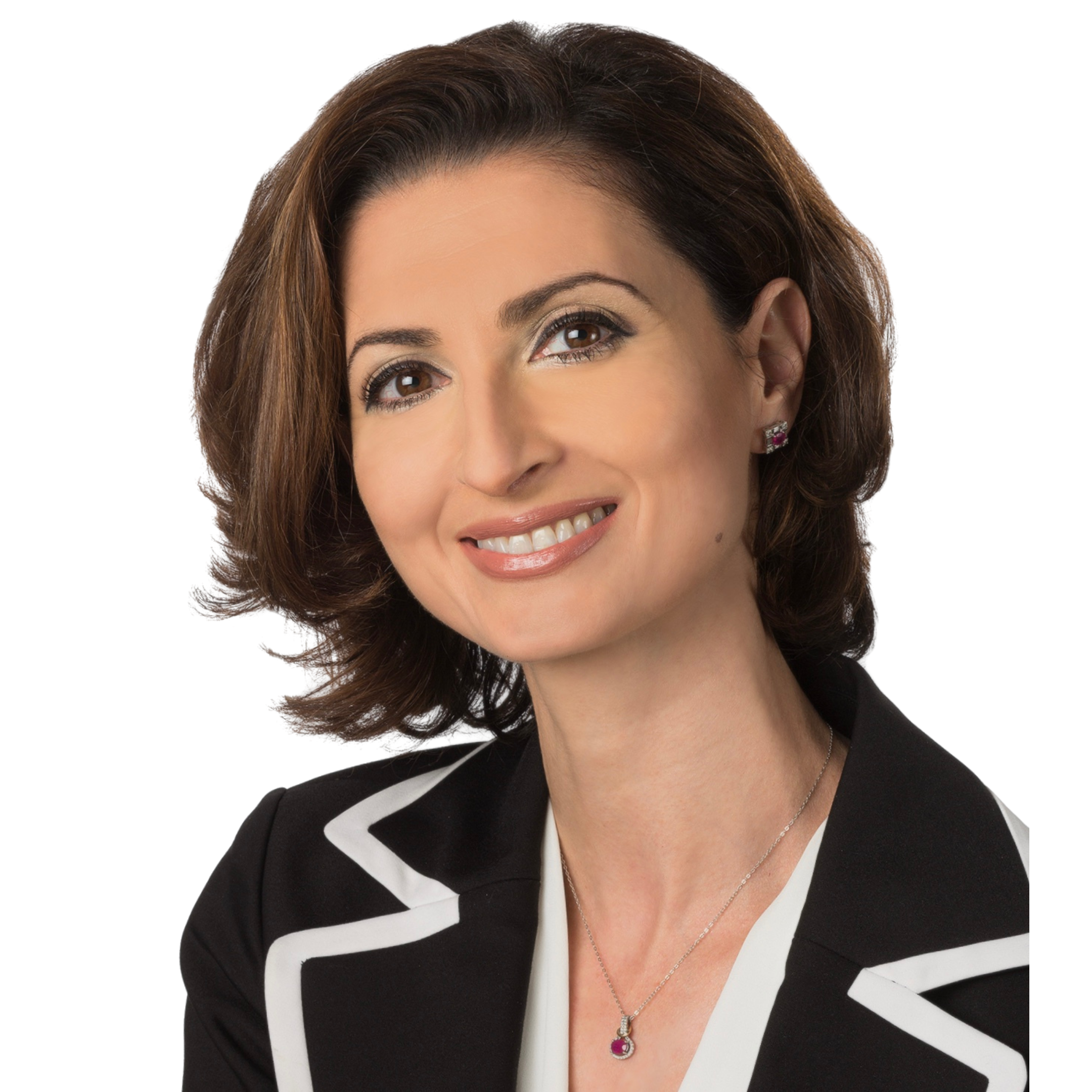 |
From Hopeless to Hopeful: Extending Life of Compromised Dentition Using Laser Technology
Marina Polonsky, DDS, MSc | Ottawa, Ontario, Canada Track: Controversies in Dentistry Audience: Both
Many patients seek laser technology as a last resort when the conventional approach cannot offer anything more to help and extend the life of compromised dentition. This presentation aims to describe a number of clinical cases where teeth destined for extraction were preserved using Er,Cr:YSGG laser technology. From advanced periodontal disease to invasive cervical resorption to insufficient remaining tooth structure to support definitive restoration, learn step-by-step protocols which resulted in long-term clinical success. Understanding laser-tissue interactions is very important in deciding where lasers can provide better outcomes compared to conventional treatment and why. Proper patient selection, creating realistic expectations, and obtaining informed consent are essential for treatment of these “hopeless cases.”
Educational Objectives:
Laser Information: 2780-nm Er,Cr:YSGG (Waterlase iPlus, Biolase)
Biography Dr. Polonsky graduated from the University of Toronto, Canada, in 1999, with the Dean’s Gold Medal of Achievement and maintains a private general practice in Ottawa, Canada, with focus on multi-disciplinary treatment utilizing lasers of different wavelengths. She holds a Mastership with the World Clinical Laser Institute (WCLI), and Master of Science in Lasers in Dentistry degree from RWTH University in Aachen, Germany. She is a recipient of Mastership Certificate from ALD (Academy of Laser Dentistry) and is a recognized member of the ALD Speaker Bureau. Dr. Polonsky is a founder of the Canadian Dental Laser Institute (CDLI), an organization dedicated to providing quality continuing education in Laser Dentistry in Canada. CDLI is the only ALD-affiliated international study club in Canada. Dr. Polonsky is actively involved in the educational aspect of dental laser technology by teaching laser safety courses, diode and erbium certification courses, as well as lecturing world-wide on laser-assisted dentistry. She is a key opinion leader (KOL) and a faculty member for Biolase Technologies Inc. and has been involved in the development of the newest all-tissue laser system, Waterlase Express. Dr. Polonsky is the author of multiple scientific papers, reviews and case reports on the uses of lasers in dentistry. She is the chief editor for JLAD (Journal of Laser-Assisted Dentistry) and a peer-reviewer for LIDS (Lasers in Dental Science) by Springer. She is the Chief Editor of Laser Dentistry issue and co-editor of General Dentistry March issue of the Oral Health journal and is a member of the Executive Committee of the Oral Health Journal.
Disclosure: Dr. Polansky is a trainer for WCLI International, and a key opinion leader for Biolase for Waterlase Plus and Epic X lasers.
Contact Dr. Polonsky by e-mail at [email protected].
|
| TUESDAY, APRIL 12 | |
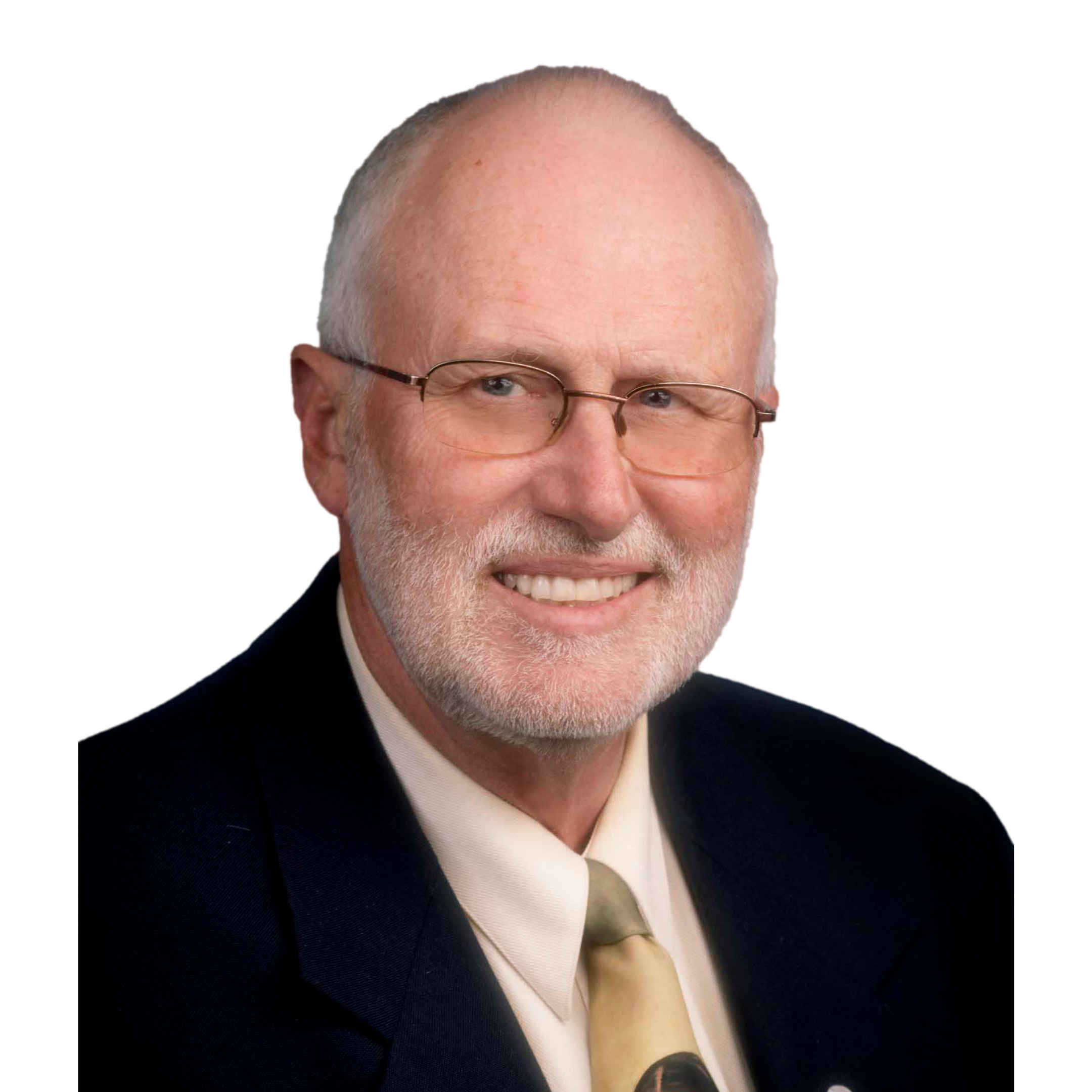 |
Photobiomodulation and the Opioid CrisisGerry Ross, DDS | Alliston, Ontario, Canada Track: Essentials: PBM Audience: Both
The is an opioid crisis in health care occurring around the world presently and it has only gotten worse during the COVID-19 epidemic. Much of this has been driven by opioid prescriptions by health care providers. Photobiomodulation therapy (PBMT) can greatly reduce the need to write opioid prescriptions after surgery. We will discuss the prescribing practices of dentists that contribute to the problem and its significance. Clinical techniques will be reviewed and a summary of the supporting literature will be discussed.
NOTE: This presentation discusses investigational devices that have not yet received U.S. approval or clearance for the specified clinical indications or describes off-label uses.
Educational Objectives:
Laser Information: Multiple lasers and LEDs. Specific devices will not be recommended.
Biography Dr. Ross has been using lasers in his practice since 1992 and photobiomodulation therapy (PBMT) since 1993, and has been teaching lasers since 1995. He has a general practice with a subspeciality in facial pain. He has presented more than 200 laser lectures world wide. Dr. Ross has been an ALD member since its inception and was a member of the ALD Board of Directors 2016-2021; he has served on a number of committees and has chaired the Membership Committee. He is a member of the ALD Speakers Bureau and the Laser Help Network. In 2016 he was the recipient of ALD’s Leon Goldman Award for Clinical Excellence. He has written 20 articles on lasers and PBMT, has written chapters for 2 textbooks, serves as a peer reviewer for 4 Journals, and is a member of the editorial board of Photobiomodulation, Photomedicine, and Laser Surgery. Dr. Ross is also one of the 3 founding members of GMA Laser Education which provides online lectures and courses on laser dentistry.
Disclosure: Dr. Ross is a co-owner of GMA Laser Education which profits from giving laser courses. He gives lectures for several companies and dental organizations and am paid a lecturing fee but has no ownership interest and receives no compensation for sales.
Contact Dr. Ross by e-mail at [email protected].
|
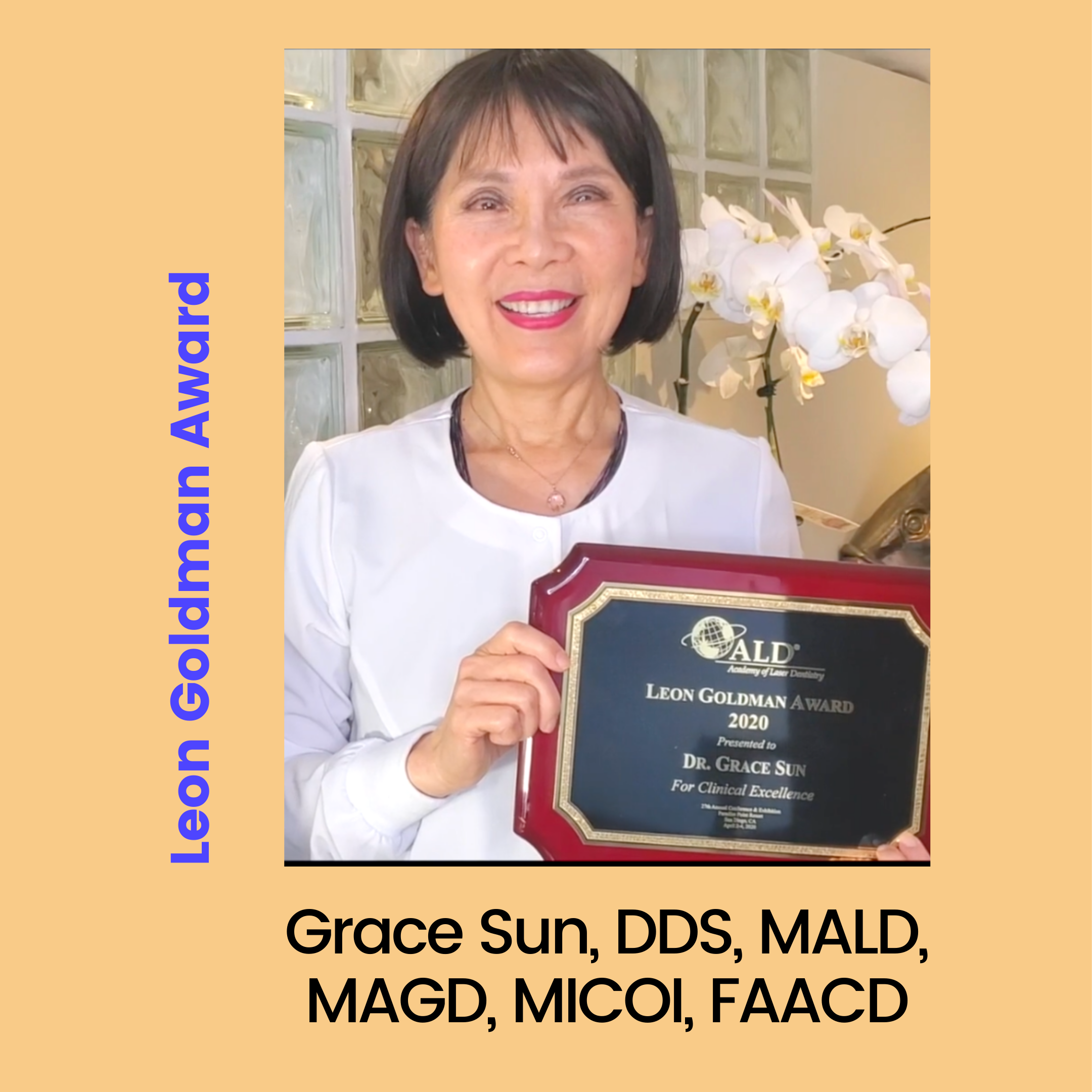 |
PBM and Integrative Pain ManagementGrace Sun, DDS, FAACD, MALD, MAGD, MICOI | Los Angeles, California, USA Track: Essentials: PBM Audience: Both
More than half of all Americans experience pain. 20-30% of these people suffer from orofacial pain. As therapists we need to manage the pain as well as address the etiology in order to bring about the best outcome. Pain medication, over-the-counter and prescribed, is standard treatment protocol which over time has caused widespread drug dependence and abuse. The number of drug overdose deaths has quadrupled since 1999, with more than 70% of those deaths involving an opioid. An integrative approach is essential, including photobiomodulation therapy (PBMT), acupuncture and traditional Chinese medicine (TCM), chiropractic and osteopathic medicine. PBMT, a therapeutic form of red and infrared light therapy, has come to be a unifying term covering low-level laser treatment (LLLT), sourced from laser and/or light-emitting diode (LED) devices. PBM therapy increases healing efficiency, including reduction of inflammation and faster muscle recovery. Acupuncture, a complementary pain management modality, stimulates neurological responses including releasing endorphins, activating the meridian channel, reversing stagnation (pain), and increasing the flow of vital energy. The meridian system can complementarily be activated with PBM, when directed to the correct location. Meridian mapping techniques and the identification of correlated meridian points and anatomical landmarks will be discussed.
NOTE: This presentation discusses investigational devices that have not yet received U.S. approval or clearance for the specified clinical indications or describes off-label uses.
Educational Objectives:
Laser Information: Various LED light therapy devices manufactured by Oral IQ, including PBM Pro, featuring 470, 630, 660, 850, and 940 nm wavelengths.
Biography: Dr. Sun graduated from the University of Southern California School of Dentistry in 1981 and has maintained a full-time comprehensive cosmetic practice and dental laboratory in the Beverly Hills, California, area since 1983. She advocates education and has been accredited several prestigious statuses, including the first female Accredited Fellow of the American Academy of Cosmetic Dentistry, where she served on the AACD Professional Education Committee in 2017; Master of the Academy of General Dentistry; and Master and Educator of the Academy of Laser Dentistry (ALD), where she served on its Board of Directors. Dr. Sun lectures internationally for dental laser education and holds Mastership with the International Congress of Oral Implantologists (ICOI). As of January 2022, she received Dental Acupuncturist certification with an emphasis on orofacial pain management from the UCLA Center for East-West, Integrative Medicine. She is the 2021 recipient of ALD’s Leon Goldman Award for Clinical Excellence. In order to improve the quality of care provided to her patients, she utilizes multiple wavelengths of dental lasers in various treatment procedures. Her articles on dental lasers have been published in Dental Clinics of North America.
Disclosure: Dr. Sun is founder of Oral IQ LLC, an oral health care company and therapeutic light manufacturer.
Contact Dr. Sun by e-mail at [email protected].
|
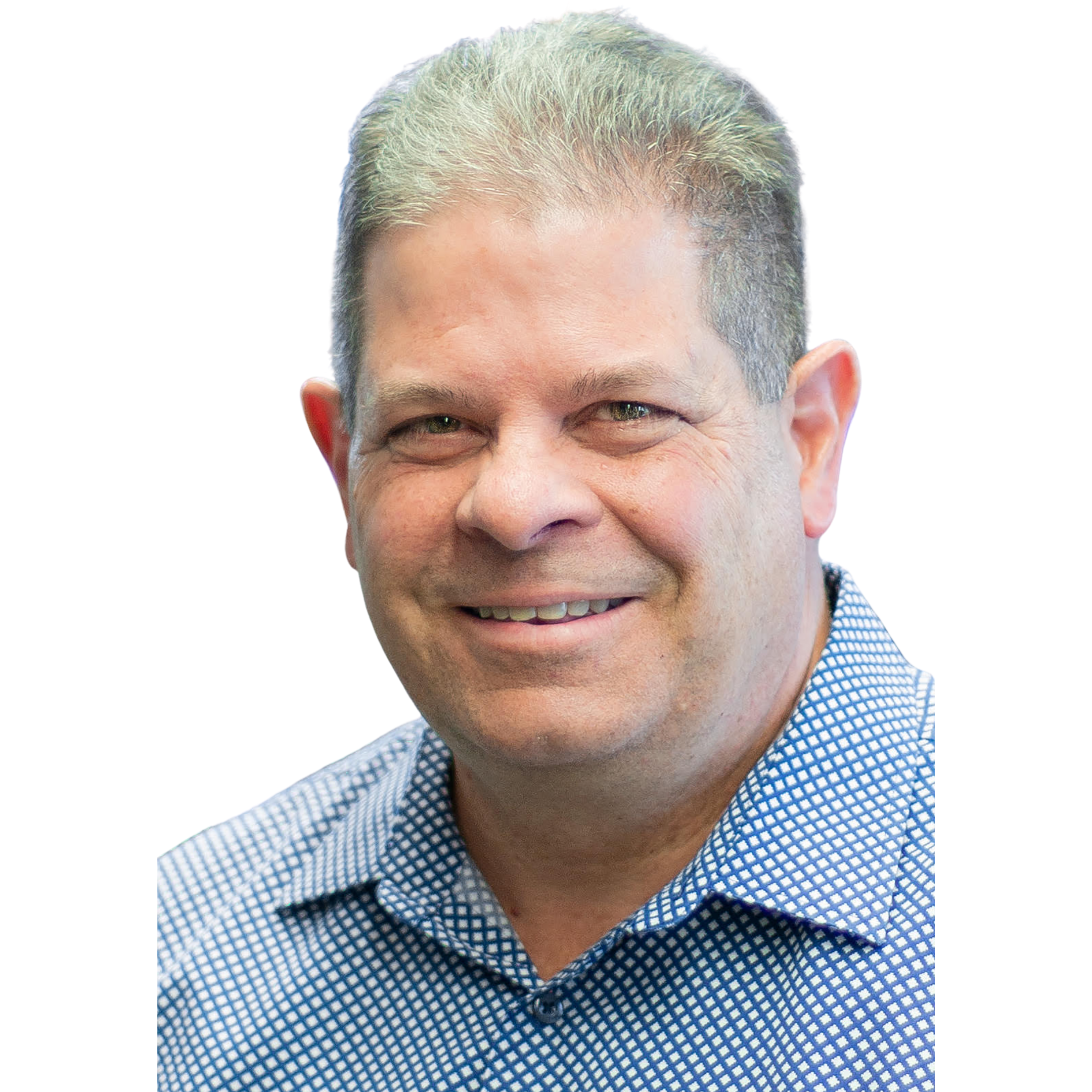 |
Anterior Gingival Esthetics: Planning Through ExecutionLouis Chmura, DDS, MS | Marshall, Michigan, USA Track: Innovations: Facial Esthetics Audience: Both
Preplanning for gingival esthetics starts at the outset. Whether the procedures involve intruding teeth to match the gingival contours, removing redundant tissue, or just reducing bulk, correcting the aberrant soft tissue can go a long way toward improving the finished result. There are a number of considerations that must be taken into account. This presentation will identify many of the critical factors in optimizing gingival esthetics and provide a systematic approach to diagnosing the problem, then planning an appropriate use of a soft-tissue laser.
Educational Objectives:
Laser Information: 1064-nm diode laser (Fox Laser, Tech4Med)
Biography Dr. Chmura is the first orthodontist to earn Advanced Proficiency and the first orthodontist to become an ALD Fellow. He has written dozens of scholarly articles on lasers, orthodontics, sleep apne,a and technology, including the chapter “Soft Tissue Lasers in Orthodontics” in Principles and Practice of Laser Dentistry, and he has made over 100 national and international presentations on these and similar topics. Dr. Chmura’s laser talks not only highlight the basic science behind laser usage, but also cover other aspects of laser usage, including safety considerations, managing workflow, diagnosis and treatment planning, smile design, gingivectomies and frenectomies, and when a referral may be more appropriate.
Disclosure: Dr. Chmura serves as a Key Opinion Leader for a number of companies, including Henry Schein Orthodontics, Dentsply/Sirona, Dental Monitoring, Braces on Demand. He has lectured extensively and receives a modest honorarium (and coach class travel reimbursement) for these lectures. Dr. Chmura receives no salary from any of these companies.
Contact Dr. Chmura by e-mail at [email protected].
|
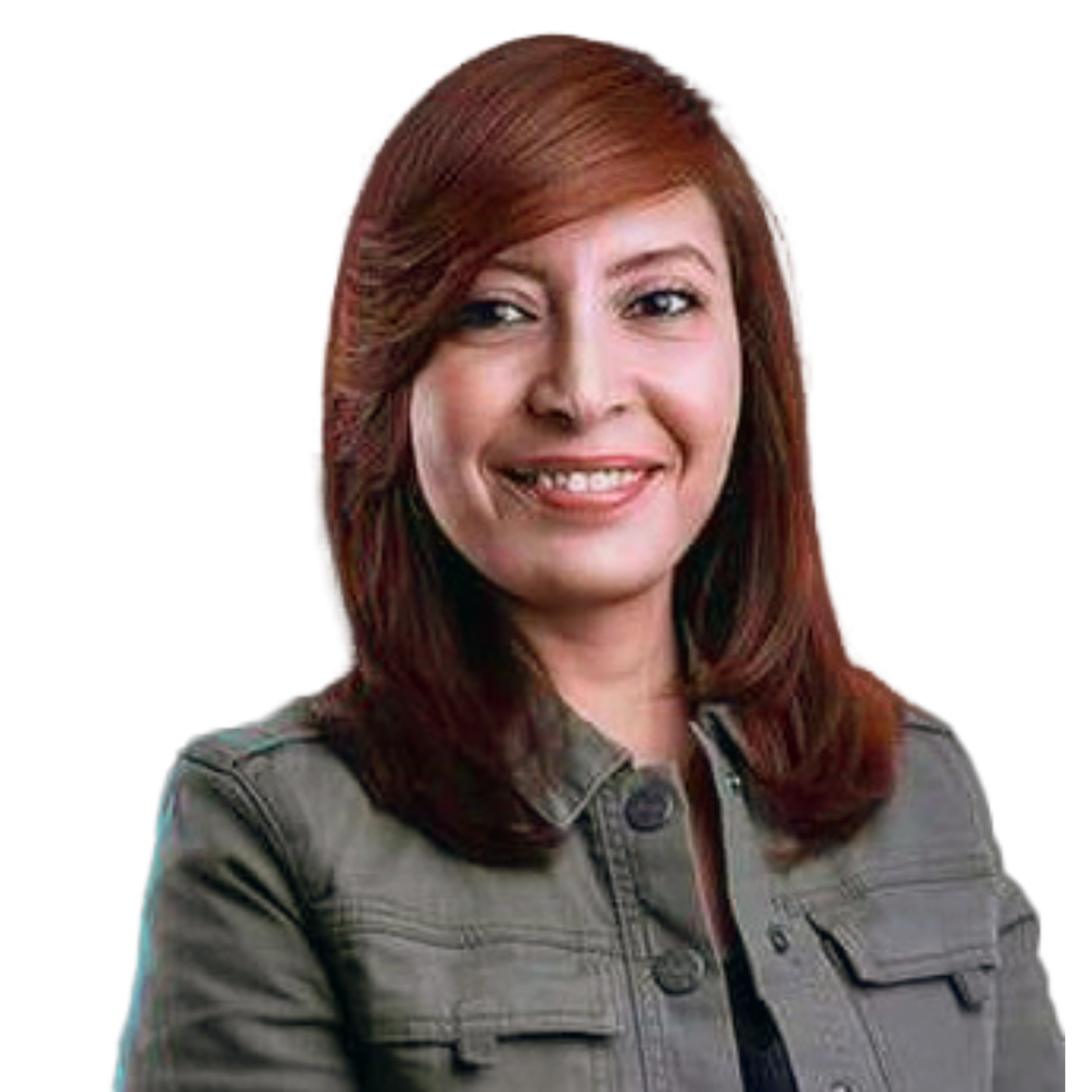 |
Full Digital Workflow in Combination with Laser-Assisted Perio-Plastic Microsurgery for Treatment of Gummy SmileHanaa Nassar, DDS, MSc, PhD | Cairo, Egypt Track: Innovations: Facial Esthetics Audience: Both
Smile esthetics is a fundamental aspect of socialization and facial attractiveness. The harmony of a beautiful smile is known as the “Trifecta” or balance between the framework of lips and gingiva, along with shape, position, and color of the teeth. Although the permissible limit varies between populations, a gingival exposure exceeding 3 mm is considered unattractive and termed “excessive gingival display (EGD)” or “gummy smile.” Gummy smile affects approximately 10.5% to 29% of the population worldwide with a predominance in females and can pose a major obstacle in a person’s self-esteem and psychology. For best outcomes in challenging conditions that require the correction of both soft and hard tissues, minimally invasive procedures in interdisciplinary dentistry should be embraced. Recent developments in CAD/CAM materials along with a better comprehension of biomechanical behavior of both restorations and tooth structure allow us to maintain the balance between pink and white esthetics and grant the patient a faithful reproduction of natural teeth with great morphological and color stability and excellent periodontal biocompatibility. This lecture will highlight the guidelines for case selection with illustration of different EGD cases that require micro and ultraconservative hard tissue management as well as laser-assisted esthetic crown lengthening. A state-of-the-art micro-invasive full-coverage preparation design for restoring severely compromised teeth will also be discussed.
Educational Objectives:
Laser Information:
Biography
Dr. Nassar completed her PhD in 2018 from Cairo University. She is working as lecturer in the Fixed Prosthodontics Department, Ahram Canadian University, Egypt, visiting lecturer in University of Manchester and University of Dundee, United Kingdom, and maintaining a private practice in Cairo. She is the director of Restorative and Cosmetic Department in the Arab Society for Continuous Dental Education (ASCDE), a premier continuing education society in Egypt. She is member of the American Academy of Cosmetic Dentistry, the American Academy of Implant Dentistry, and the British Society for Restorative Dentistry. Dr. Nassar has lectured in many conferences, both nationally and internationally. She is an active researcher and has been serving as an editorial board member of reputed journals.
Disclosure: Dr. Nassar declares no conflict of interest. She neither lectures for any of the used products used in the presentation nor receives any discounts or honorarium for any of her activities.
Contact Dr. Nassar by e-mail at [email protected].
|
| THURSDAY, APRIL 14, 2022 | |
 |
Technologic Diagnosis and Treatment of Early CariesJohn Graeber, DMD, MALD, MAGD, FICD | East Hanover, New Jersey, USA Track: Innovations Audience: Both
For centuries dentists have relied on unreliable hand instruments (explorers) for caries diagnosis. Many technologies have been introduced to the profession which outperform traditional methods. As more and more younger patients have benefitted from fluoride therapy and enamel remineralization, enamel has become stronger, and there is less cratering of enamel which has been undermined by dentinal caries. Hence, caries are often hidden and do not allow an explorer to “stick.” New technologies utilizing various wavelengths of light and electrical conductance have shown much higher reliability in diagnosing and monitoring carious lesions. New technologies also have virtually replaced rotary instruments is the treatment of early caries: air abrasion is 30 years old, all-tissue lasers are 20. Great strides have also been made in regenerative techniques.
Educational Objectives:
Laser Information: Icon, DMG; DEXIS DEXcam, KaVo-Kerr; CariVu, DEXIS; The Canary System, Quantum Dental Technologies; SOPROLIFE, Acteon; DIAGNOdent, KaVo; Ortek-ECD, Ortek Therapeutics; Global Dental Microscope, Global Surgical; AquaCare, Velopex International; 2980-nm erbium laser; 9300-nm Solea CO2 laser, Convergent Dental
Biography
Dr. Graeber has maintained a conservative general practice for nearly 50 years. He was an early adopter of laser technology and has lectured internationally for more than 25 years on lasers and conservative dentistry. He is a co-founder and past president of the Academy of Laser Dentistry and is a recipient of ALD’s Leon Goldman Award for Clinical Excellence. He is the co-author and editor of the textbook Microinvasive Dentistry: Clinical Strategies and Tools. He is currently serving as co-chair of ALD’s Education Committee.
Disclosure: Dr. Graeber lectures for CAO Lasers for which he receives an honorarium.
Contact Dr. Graeber by e-mail at [email protected].
|
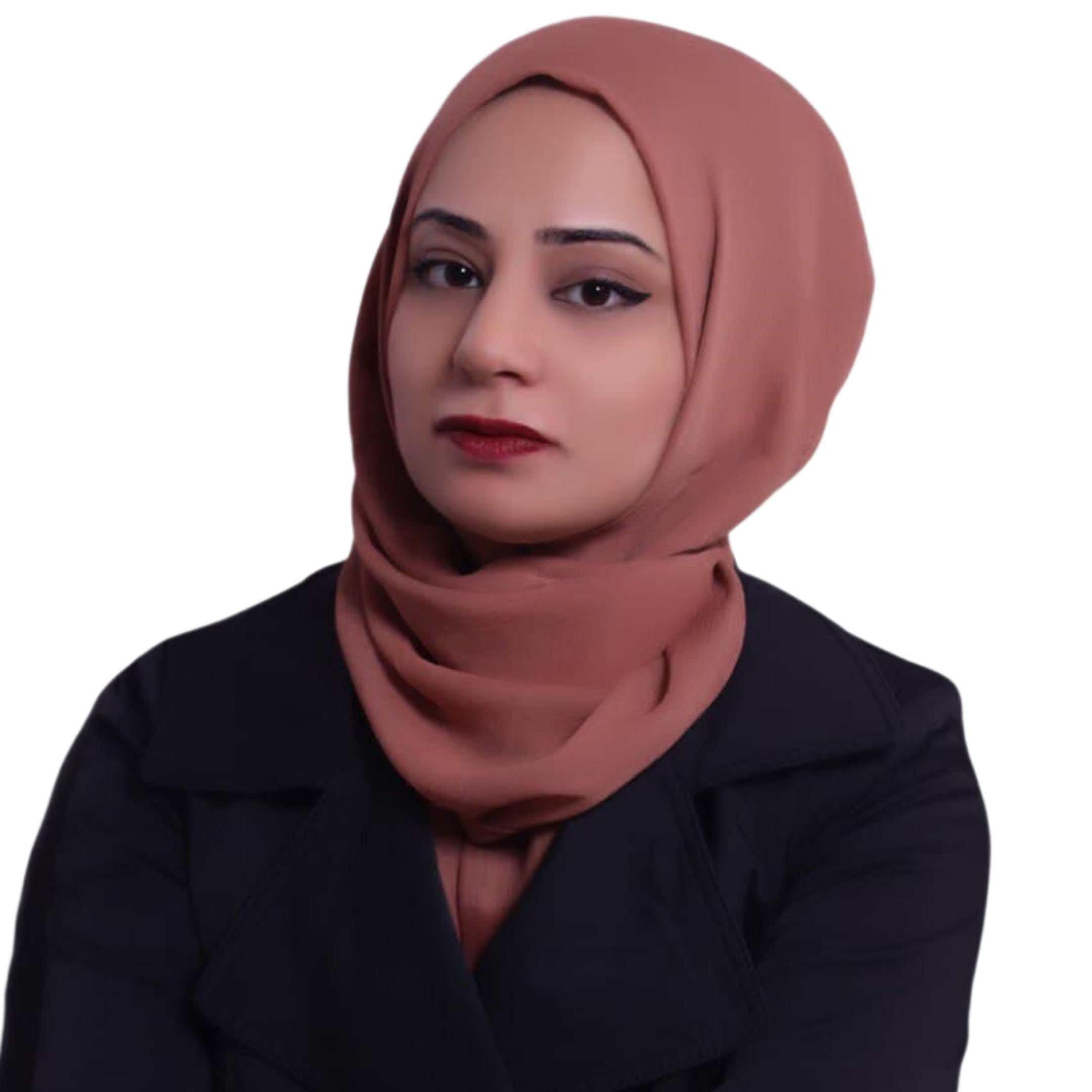 |
Laser Scenario in Different Clinical ApplicationsDoaa Almiran, BDS, MSc | Mosul, Iraq Track: Innovations - General Dentistry Audience: Both
As Jan Tunér said, there is no cookbook for laser. For decades, several methods and scientific bases were used for each specific laser application, but different applications and different feedbacks allow the dentist to modify the techniques and customize the parameters for specific cases. The presentation will discuss several clinical cases with different lasers and the differences between them along with different parameters. How can different lasers affect the outcome? The scenarios of using diode lasers (810, 940, and 980 nm) and Er,Cr:YSGG (2780 nm) laser will be discussed. Photobiomodulation with 810, 940, and 980-nm lasers will also be presented. Modifications of Er,Cr:YSGG laser techniques will be presented. At the end I will represent how laser use in dermatology can help dental practitioners understand the body’s reaction to laser treatment.
NOTE: This presentation discusses investigational devices that have not yet received U.S. approval or clearance for the specified clinical indications or describes off-label uses.
Educational Objectives:
Laser Information: Diode laser 940 nm (epic, Biolase)
Biography
Dr. Almiran received her bachelor’s degree from Mosul University at 2010. She completed a Biolase laser certification training course in Ankara, Turkey, in 2018; a laser certification training course from Achen Dental Laser Denter in 2019; a certificate from the British Institute of Laser Dentistry (BILD) in 2020; a photobiomodulation course from the Academy of Laser Dentistry and British Academy of Laser Dentistry in 2019; and certification of training on 6 medical lasers at Baghdad University in 2020. Dr. Almiran received her Master of Science in Laser Dentistry in 2018. Currently, she is a specialized dentist in laser sciences in dentistry. She has worked with 9 types of lasers: Waterlase iPlus 2780-nm Er,Cr,YSGG, Epic 940-nm diode laser, CO2 fractional and surgical, Nd:YAG long-pulsed and Q switched, 810 and 980-nm diode lasers. Dr. Almiran works at the Al-Noor Specialized Dental Center in Mosul, Iraq, where she is the head of laser department. She became am a member of the Academy of Laser Dentistry in 2021.
Disclosure: Dr. Almiran has reported not conflict of interest.
Contact Dr. Almiran by e-mail at [email protected].
|
|
|
Reverse the Aging Process with Esthetic LasersLarry Lieberman, DDS | Palm Harbor, Florida, USA J. Terry Alford, DMD | Brandonton, Florida, USA Track: Innovations: Facial Esthetics Audience: Advanced
The cosmetic industry is a multibillion-dollar industry. Women and men alike are continually looking for ways to turn the clock back so they can look younger, better, and healthier. There are many energy-based devices and cosmeceuticals that can help get patients closer to their desired result. This presentation will concentrate on the use of the Er:YAG and Nd:YAG laser (Lightwalker, Fotona, Ljubljana, Slovenia). We will share some of the many possibilities that lasers can accomplish, including facial peels, wrinkle reduction, plumping lips, treating spider veins, the vectored lift, and others. We will sort out when to use lasers and/or Botox and fillers. Botox or neuromodulators are the most common cosmetic procedures performed in the world. Can lasers replace Botox? Fillers? It is very important that we keep our patients and doctors safe. It is up to the doctors to know their state regulations so they can comply with their state board of dentistry.
Educational Objectives:
Laser Information: Er:YAG and Nd:YAG laser (Lightwalker, Fotona), maximum of 20 W of power.
Biographies
Dr. Alford graduated with honors from the University of Alabama School of Dentistry in 1978 and has maintained a private practice in Bradenton, Florida, for 39 years. He is devoted to excellence and continuing education, and has completed numerous educational and training programs including implant reconstruction at Northwestern University, functional occlusion with Dr. Peter Dawson, bone management and implant placement with sinus elevation from the Bicon Institute, neuromodulators for the treatment of temporomandibular joint disorders, botulinum toxin and facial aesthetic rejuvenation at the Aesthetic Enhancement Institute, facial injectables and Botox® at the Facial Beauty Institute, facial esthetics and rejuvenation using the Fotona Nd:YAG and Er:YAG laser, and other programs. Dr. Alford was elected to the Board of Directors of the International Academy of Facial Aesthetics in 2018. He is a member of the American Dental Association, American Academy of Implant Dentistry, International Academy of Facial Aesthetics, American Academy of Cosmetic Dentistry, and other organizations. Dr. Alford has been using energy-based devices and lasers since 1994 in applications related to aesthetics and dentistry. He uses CO2, Er:YAG, Er,Cr:YSGG, argon, diode, and Nd:YAG lasers.
Disclosure: Dr. Alford received an honorarium for teaching courses around the country for groups and private trainings.
Contact Dr. Alford by e-mail at jalford627aol.com.
Dr. Lieberman is a graduate of the New York University College of Dentistry, and a Fellow of the Academy of General Dentistry, Academy of Osseointegration, and International Congress of Oral Implantologists. He maintains a private dental practice in Palm Harbor, Florida, and uses erbium, Nd:YAG, diode, and CO2 lasers. Dr. Lieberman is a graduate of the Aesthetic Advantage Institute, Misch Implant Institute, and Pankey Institute for Advanced Dental Education. He has received certifications in Invisalign® Technology and the PerioLase® MVP-7™ Nd:YAG Dental Laser. Dr. Lieberman is a member of the American Academy of Cosmetic Dentistry, American Academy of Aesthetic Dentistry, Academy of Laser Dentistry, Florida Dental Association, and a founding member of the Florida Academy of Cosmetic Dentistry and Gulf Coast Dental Outreach. He teaches for the University of Florida Dental School, and lectures on cosmetic dentistry, practice management, and lasers in dentistry.
Disclosure: Dr. Lieberman receives an honorarium for teaching courses around the country for groups and private trainings
Contact Dr. Lieberman by e-mail at [email protected].
|
| TUESDAY, APRIL 19, 2022 | |
 |
Lasers in EndodonticsYuliya Kozlova, DDS, MSc | Moscow, Russian Federation Track: Innovations: Endodontics Audience: Both
Introduction: Successful root canal treatment depends on two main factors: precise knowledge of anatomy and morphology of root canal system and cleaning and disinfecting of the root canal system before obturation. The purpose of root canal disinfection is to remove the tissue remnants, bacterial biofilms, and smear layer. The smear layer is formed during mechanical instrumentation of the root canal and covers the canal walls. This smear layer contains microorganisms, necrotic tissues, and dentinal remnants. The smear layer constitutes an obstacle to the delivery of irrigants and chemical agents in the root canal system and creates a barrier between the root canal surfaces and filling materials. Removal of smear layer and debris provides better sealing of filling materials to root canal surfaces.
Objectives: The purposes of the described study were to evaluate the effectiveness of (1) Er:YAG Laser-Activated Irrigation (LAI) with 17% ethylenediaminetetraacetic acid (EDTA) and distilled water in removing the smear layer and enhancing the results of endodontic treatment, and (2) disinfection of the root canal with an erbium laser after standard mechanical and drug treatment of the canal.
Methods & Materials:
Before medical treatment of the root canal and immediately after its completion, dentin scrapings were taken for microbiological examination. Dentin was taken from the walls of the root canal with a sterile H-file, then the dentin samples were placed in a transport medium. The contents of the root canal were plated on solid nutrient media and cultivated in an aerobic incubator (Binder, Germany) and a CO2 incubator (Lamsystems, Russia) in accordance with the requirements for incubation conditions for various microorganisms. Quantitative assessment of the results was carried out according to the Gould method. Results were analyzed by matrix-assisted laser desorption/ionization time of flight (MALDI-TOF) mass spectrometry (Myla, BioMérieux, France).
In Vivo
Results:
In Vivo
Conclusion: The efficiency of root canal treatment with an Er:YAG laser is quite high. Modification of the irrigation protocol for endodontic treatment, in particular, chronic periodontitis, by laser-activated irrigation is an effective method of disinfection. Further studies are needed in this field.
Educational Objectives:
Laser Information: 2940-nm Er:YAG laser, 40 mJ, 10 Hz
Biography
Specializing in laser dentistry, Dr. Kozlova is a private practitioner and also serves as an assistant professor in the Department of Operative Dentistry in the Peoples’ Friendship University of Russia. She has received MSc in Lasers in Dentistry from Aachen University in Germany, and recently received Mastership from the World Clinical Laser Institute (WCLI).
Disclosure: Dr. Kozlova has reported no conflict of interest. Contact Dr. Kozlova by e-mail at [email protected].
|
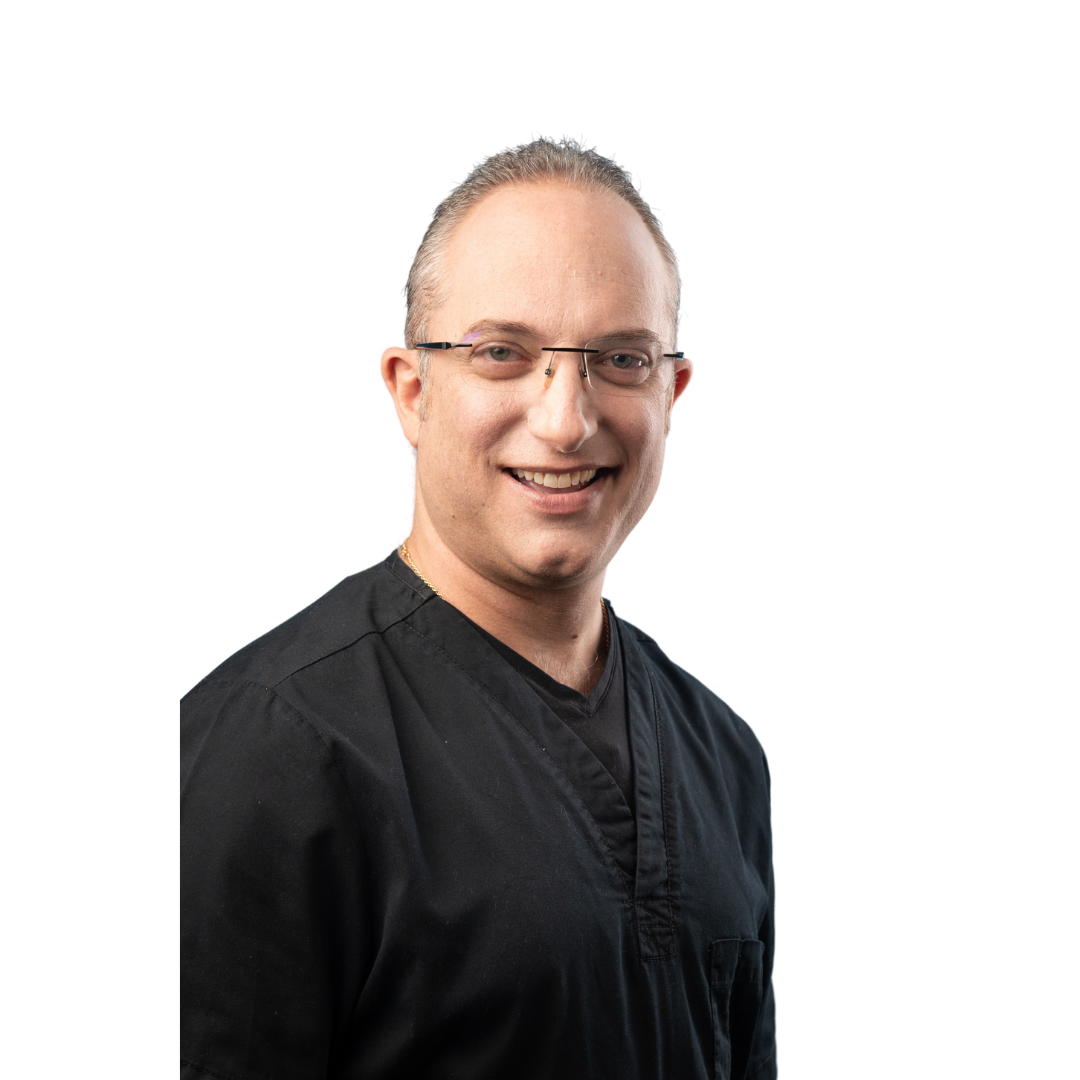 |
Do We Need NaOCl in the Root Canal When Lasers Are Used?Isaac Kably, DDS, MSc | CDMX, Mexico Track: Innovations: Endodontics Audience: Both
This presentation will be based in a randomized clinical trial for a master’s thesis. Disinfection is one of the main objectives in endodontics. Several irrigants, concentrations, and techniques have been reported for root canal disinfection. In this work, disinfection is addressed with coherent laser radiation, seeking to obtain results similar to the ones with the gold standards of treatment. Methods & Materials: Forty-five patients with single-rooted teeth, diagnosis of pulpal necrosis, and an evident radiographic radiolucency were randomly allocated in 3 groups and exposed to different disinfection protocols. Results: No statistical difference was found after 1 year (P > 0.054) when using lasers with and without sodium hypochlorite (NaOCL) for root canal disinfection. Conclusion: Coherent radiation is efficient in root canal disinfection.
Educational Objectives:
Laser Information: 2780-nm Er,Cr:YSGG and 940-nm diode laser (Biolase). Parameters of both wavelengths will be presented in the research.
Biography
Dr. Kably received his dental surgeon degree from Universidad Tecnológica de México (UNITEC), and attended the international postgraduate program at the New York University College of Dentistry where he obtained his Endodontics Certificate. Dr. Kably has been a private practitioner in endodontics for more than 20 years. He completed the Mastership course “Laser Therapy in Dentistry” from the Aachen Center for Laser Dentistry (AALZ), received a Mastership from the World Clinical Laser Institute (WCLI), and attained his MSc in Lasers in Dentistry from the RWTH Aachen University in Germany where he now lectures.
Disclosure: Dr. Kably reports no economic compensation was linked to his presentation.
Contact Dr. Kably by e-mail at [email protected].
|
| THURSDAY, APRIL 21, 2022 | |
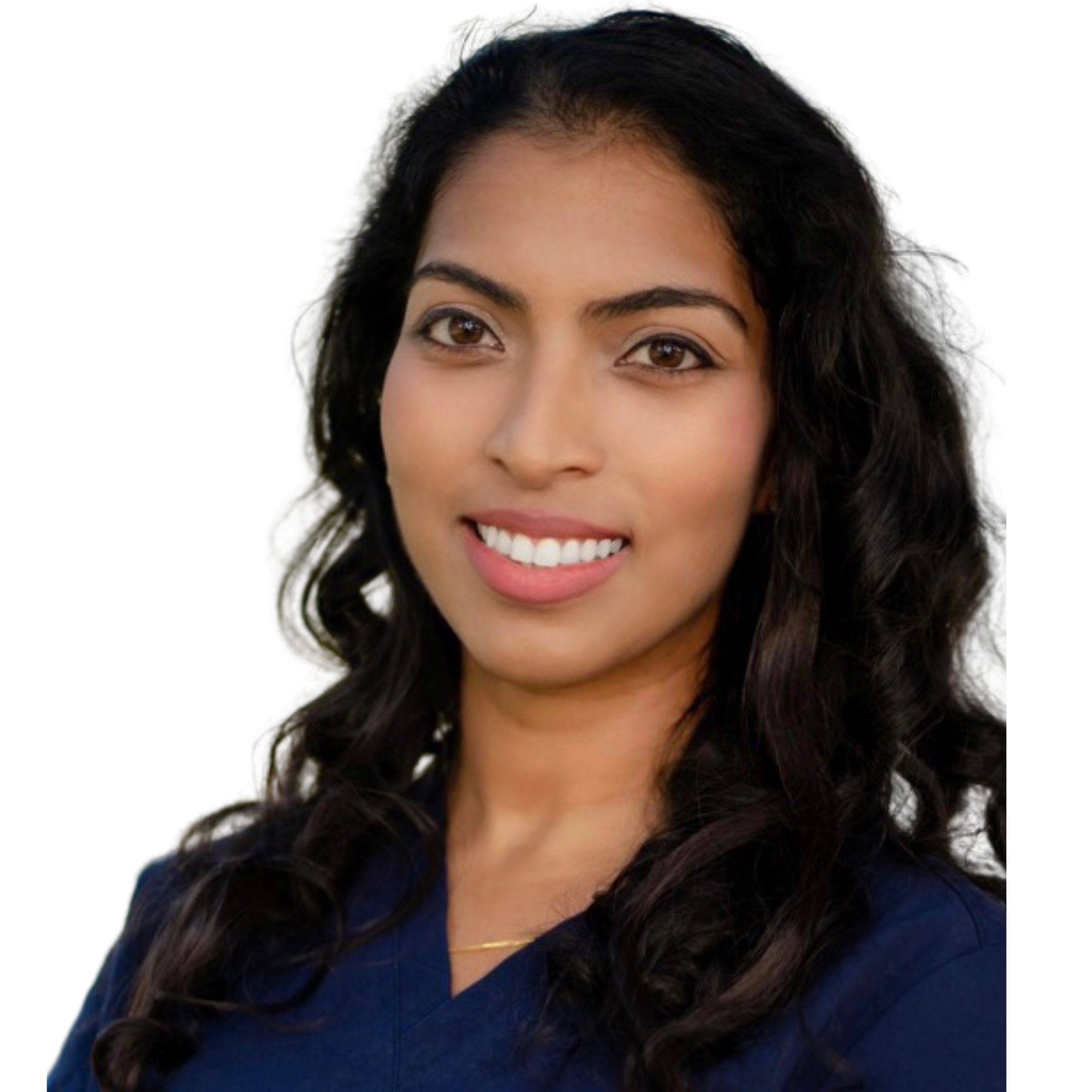 |
Dr. Eugene Seidner Scholarship RecipientThe Effect of Er,Cr:YSGG Laser Therapy on Pain and Anxiety During Pulpotomy Procedures on Deciduous Molars in Pediatric Dental PatientsShylon Mathew, DDS | Bronx, New York, USA Track: Innovations - Pediatrics Audience: All
Introduction: In pediatric dentistry, the pulpotomy is a common vital pulp procedure used to retain teeth by removing infected coronal pulp tissue and preserving radicular pulp tissue. Standard treatment for pulpotomy procedures using conventional means is often accompanied by fear and pain for the patient. Although the pain may be reduced by local anesthesia, fear of the needle, noise, and the vibration of mechanical preparation remain a cause of discomfort and anxiety for the patient. Recent studies have shown that use of an Er,Cr:YSGG laser reduces pain perception.
Objective: The aim of this clinical study was to evaluate pain perception and anxiety during pulpotomy procedures in deciduous molars using an Er,Cr:YSSG laser.
Methods & Materials: This randomized controlled study compares laser and conventional preparations using a dental handpiece (control group). Patients (n = 10) aged 5-9 years old who were cooperative (Frankl scale 3-4), healthy (ASA I-II), and required dental treatment on one deciduous molar tooth were randomly assigned to either laser or conventional treatment with a coin toss. Dental treatment included pulpotomies and placement of stainless steel crowns. All treatments were conducted in the same manner: behavior management with tell-show-do, placement of a bite block, and isolation by either rubber dam (control group) or a suction evacuation system (Isodry, Zyris, Santa Barbara, Calif., USA) (laser group). The control group (5 patients) received 20% benzocine topical gel in the area where the anesthestic was then administered. The study group (5 patients) did not receive local anesthetic; the laser was used to remove caries with water spray cooling and high-power evacuation. In both the control and laser groups, the pulp chamber was opened and the coronal pulp removed. A spoon excavator was used to clean the wall of the chamber. The Wong-Baker FACES® pain rating scale and the Modified Child Dental Anxiety Scale (MCDAS) were utilized before and after treatment was completed to assess pain and anxiety subjectively. A pulse oximeter was used to measure heart rate at baseline and at 10-minute intervals throughout trearment. Heart rate increases were monitored as an indicator of pain and anxiety.
Results: The mean value of the pain associated with the pulpotomy performed with the dental handpiece was found to be significantly more than the pain associated with pulpotomy completed by laser (P = 0.004). The laser showed a statistically significant reduction in pain and anxiety over the handpiece. Changes in heart rate were also found to be significantly higher during the procedure in the control group while no significant difference in heart rate was observed during treatment with the laser when compared to baseline heart rate (P = 0.001).
Conclusion: These preliminary results demonstrate that the laser-assisted pulpotomy is a better tolerated treatment method compared to conventional pulpotomy procedure by pediatric patients. The dental laser can be a good alternative in pediatric patients to alleviate high anxiety associated with traditional dental treatment.
Educational Objectives:
Laser Information: Er,Cr:YSGG laser (Waterlase iPlus, Biolase, Foothill Ranch, Calif., USA) with MZ6-9 tip.
For pulpotomy setting, coagulation setting: 2.0 W, 50 Hz, 20/1 air/water
Biography
Dr. Mathew is currently a practicing pediatric dentist in Bronx, New York. A New York City native, she earned her Doctorate of Dental Surgery degree with thesis honors from the University at Buffalo School of Dental Medicine. She then went on to complete a General Practice Residency at New York Medical College in Westchester, New York. She continued her specialty training in pediatric dentistry at St. Barnabas Hospital in Bronx, New York. Dr. Mathew has been involved in both preclinical and clinical research and has been awarded many accolades for her contributions. Her current research interest is the use of laser dentistry in dental restorative procedures.
Disclosure: Dr. Mathew has reported no conflict of interest.
Contact Dr. Mathew by e-mail at [email protected].
|
 |
Pediatric Soft Tissue ProceduresLarry Kotlow, DDS | Albany, New York, USA Track: Innovations - Pediatrics Audience: Both
There is far more to lasers than setup and maintenance of the devices. Soft tissue laser treatments for the pediatric patient are varied and many. This presentation relates 21 different soft tissue procedures beyond infant frenectomies. I will discuss procedures and techniques that I have been using for over 48 years and with lasers since 2000 and specifically using the 9300-nm laser since 2011. A significant number of these procedures can be completed without the need for local anesthetic.
Educational Objectives:
Laser Information: 9300-nm CO2 laser (Solea, Convergent Dental) with variable power using a foot pedal rheostat. Other parameters are computer-generated; spot size varies from 1.0 to 1.5 mm depending on procedure. For the 21 procedures, power set to 30% but varies from 10 to 30%.
Biography
Dr. Kotlow is a 1972 graduate of the State University of New York (SUNY) at Buffalo Dental School, and completed his pediatric dental residency at the Children’s Hospital in Cincinnati, Ohio, in 1974. He became Board Certified in Pediatric Dentistry in 1980‚ and is a life member of the American Dental Association (ADA), Life Fellow of the American Board of Pediatric Dentistry (FABPD) life member of the New York State Dental Association (NYSDA) and Third District Dental Society of New York, member of American Academy of Physiologic Medicine and Dentistry (AAPMD)‚ and has been a member of the Academy of Laser Dentistry (ALD) since 2000. He has achieved Mastership from the Academy of Laser Dentistry (MALD)‚ ALD Advanced Proficiency in Er:YAG, Nd:YAG, and CO2 (9300 nm) lasers, and Standard Proficiency in diode (810 nm and 980 nm) lasers. Dr. Kotlow is the author of more than 30 peer-reviewed articles, two textbooks (Atlas of TOTS and SOS 4 TOTS) about lasers, infant frenectomies, and breastfeeding. He has contributed to various chapters in six textbooks in laser dentistry.
Disclosure: In the past Dr. Kotlow has provided educational presentations, videos, and consultations to HOYA ConBio lasers and Fotona Powerlase Spa, LightWalker lasers, Xlase diode laser, and Photobiomodulating Lasers. He has contributed to the development of the infant goggles with Innovative Optics. At the present time, he receives honoraria for training and provide education on Solea procedures, laser safety, and laser physics to new Solea dentists for Convergent Dental (developer of the Solea laser). He is a beta tester of new upgrades and software for the Solea all-tissue carbon dioxide dental laser (9300 nm), as well as a dental consultant to and investor in Convergent Dental. Presently he is an investor and developer of soft tissue dental instruments with Armor-Dental.
Contact Dr. Kotlow by e-mail at [email protected]. |
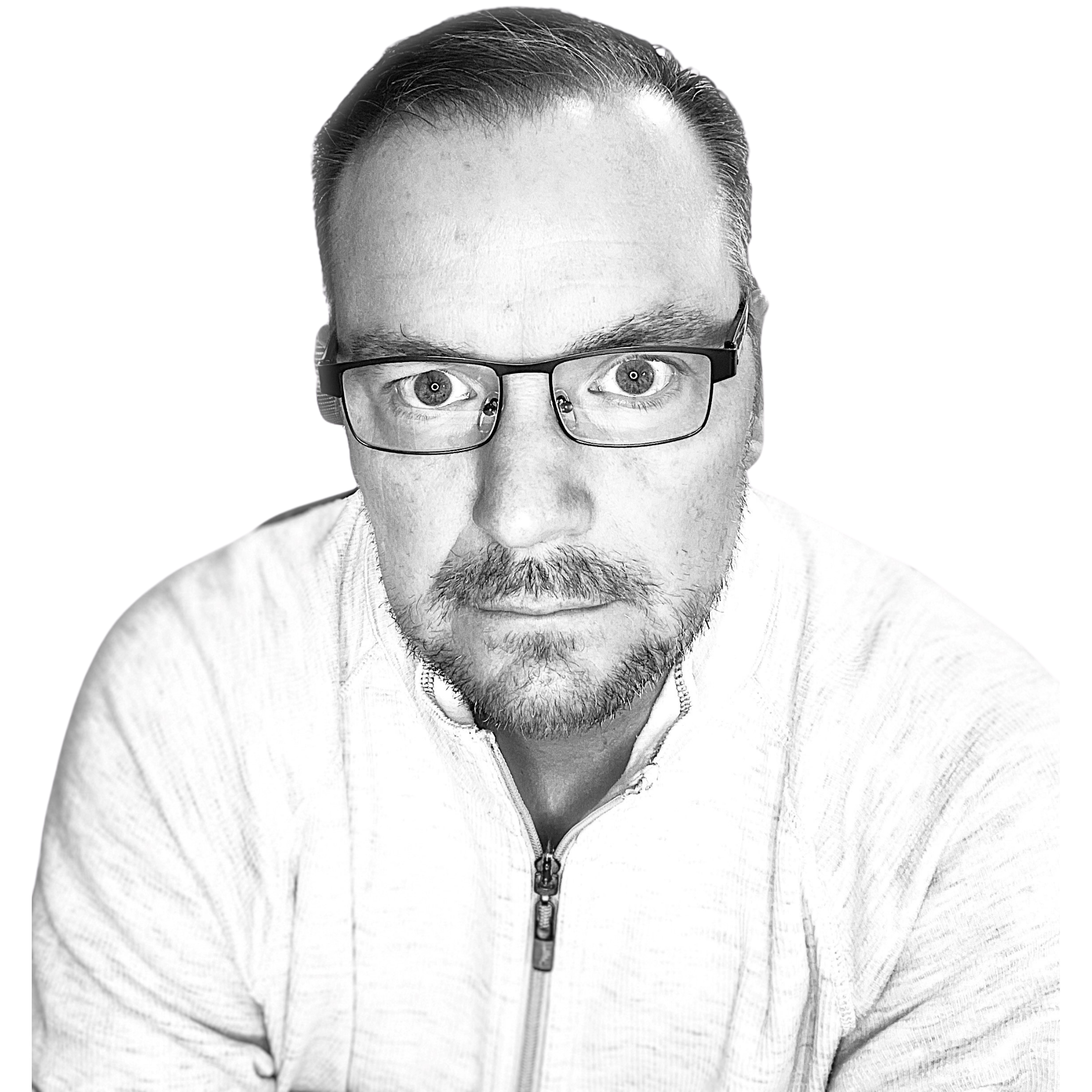 |
Introduction to Dental Sleep MedicineJeffrey Harrison, DDS | Cortez, Colorado, USA Track: Innovations: Sleep Audience: All
While COVID has been the most talked about pandemic most recently, the most important epidemic facing your patients is getting far less attention and causing far more harm – obstructive sleep apnea (OSA). One in four of the adult patients you saw today is already starting to suffer from this not-so-silent killer without their knowledge. Medicine has failed to adequately identify and treat most patients in need and now dentists find themselves being asked to serve on the front line for screening, diagnosing these patients, and possibly playing an important role in their management. Make 2022 the year you stop ignoring the dental warning signs and start to collaborate with other healthcare providers by understanding the connection that airway, sleep, and breathing has with the dentistry you are doing every day.
Educational Objectives:
Information provided by Sleep Group Solutions (Hollywood, Fla., USA). |
 |
Sleep Disorder Patients: How to Recognize, Stabilize, and ResolveAndrew Cohen, DMD, Diplomate ACSDD | Jenkintown, Pennsylvania, USA Track: Innovations: Sleep Audience: Both
Proper sleep quality is critical for optimal health and prevention of disease. When patients do not get enough healthy sleep, they are at increased risk of getting sick. This presentation will review how dentists can better understand, uncover, and diagnose potential sleep-related disorders. It will also review principles of treatment and management with the ultimate goal of patients having an improved quality of life and more successful outcomes with their dental care. This presentation will discuss the key elements that can provide insight on potential airway issues. Untreated airway and sleep-related issues have been proven to increase the likelihood that systemic diseases can progress without intervention. Dentists can often diagnose or suspect various medical aliments patients may have through comprehensive oral examinations. There are clearly established findings that suggest the oral cavity can provide insight into a patient’s potential medical disease, such as temporomandibular disorder, diabetes, gastroesophageal reflux disease, and cardiovascular health, to name a few. Current research is now demonstrating that poor sleep is a contributing factor negatively affecting patients’ health. Patients’ sleep histories – such as nocturnal bruxism, snoring, insomnia, and frequent nocturia – need to be investigated and understood, since they can be clear signs of sleep-related disorders. Dental providers typically see patients a minimum of two times a year for routine maintenance, which is sometimes more often than patients see their own physician. This creates an opportunity to help patients become educated about the effects of poor sleep through diagnosis and examination so they can understand and receive medical care for this health-related epidemic. Sleep-related disorders are mentioned more regularly in the media, so patients are more likely to ask if they have a problem and if they are at risk. Dental care providers can often be the first to uncover sleep-related issues by inquiring about and observing signs and symptoms that patients may not be aware of. Providers must become more knowledgeable about the appropriate questions to ask and what to look for as an important first step to diagnosing and improving a patient’s health. Routine review of a patient’s medical, dental and sleep history – combined with a thorough clinical examination and 3D imaging – can uncover and bring to light multiple risk factors resulting from poor quality of sleep. The key is knowing the signs and symptoms that can alert practitioners to a potential issue. Once a sleep disorder is suspected, further testing, screening, and imaging can be done to better understand a patient’s anatomical constriction area or “choke point.” Practitioners who understand the obstructive region can then suggest various treatment options which can be used to help manage, improve, and potentially resolve poor sleep quality. The ultimate outcome is making our patients healthy and improving their quality of life.
Educational Objectives:
Laser Information: Fotona Lightwalker NightLase® C3 protocol (floor of mouth, soft palate, and tongue). 1064-nm Nd:YAG laser preheat with R30A handpiece, 8.0 Hz, 20 ms pulse duration, 40 J/cm2, 2-mm spot size, 5 passes in each area to warm the tissue to a range of 38-42°C. 2780-nm Er:YAG laser with PS04 handpiece, 4.0 W, 1.5 Hz, 7.0 J/cm2, 6 stacked pulses 6 times.
Biography
Dr. Cohen graduated from Syracuse University in 1994 with a BS in psychology and received his DMD degree from Temple University School of Dentistry in 1998. The following year, he completed an advanced education General Practice Dental Residency at Abington-Jefferson Health. In 2019, he earned diplomat status in dental sleep medicine from the Academy of Sleep Disorder Disciplines (ACSDD). He lectures nationally on “Sleep Disorders,” “Case Presentation‚” “ Photography‚” and “Comprehensive Exams.” In 2012 he was appointed a visiting faculty position at Spear Education, where he mentors dentists from around the world. He is a contributing author for Spear Digest, an online dental education journal, and is a content moderator for the online dental forum, “Spear Talk.” Previously, he served as a clinical instructor at the Temple University School of Dentistry from 1999-2002. He was asked to join the Surgical and Dental Staff at Abington-Jefferson Health in 2000 as a Dental Attending in their residency program. Dr. Cohen earned honors by being named Top Dentist by his peers in Philadelphia Magazine from 2012 through 2021. Dr. Cohen focuses on the benefits of continuing education in both medicine and dentistry. He regularly attends lectures, workshops, and seminars throughout the country. In 2012, he started the Spear Study Group of Philadelphia. He serves on the board of directors for the ACSDD, and is a member of the Academy of General Dentistry (AGD), American Academy of Cosmetic Dentistry (AACD), American Academy of Dental Sleep Medicine (AADSM), and Philadelphia Dental Clinics Club, of which he has been a past president and where he currently serves on the Board and as the Continuing Education Advisor.
Disclosure: Dr. Cohen is visiting faculty, Spear Education, contibuting author for Spear Digest, and online content moderator for “Spear Talk.” Contact Dr. Cohen by e-mail at [email protected].
|
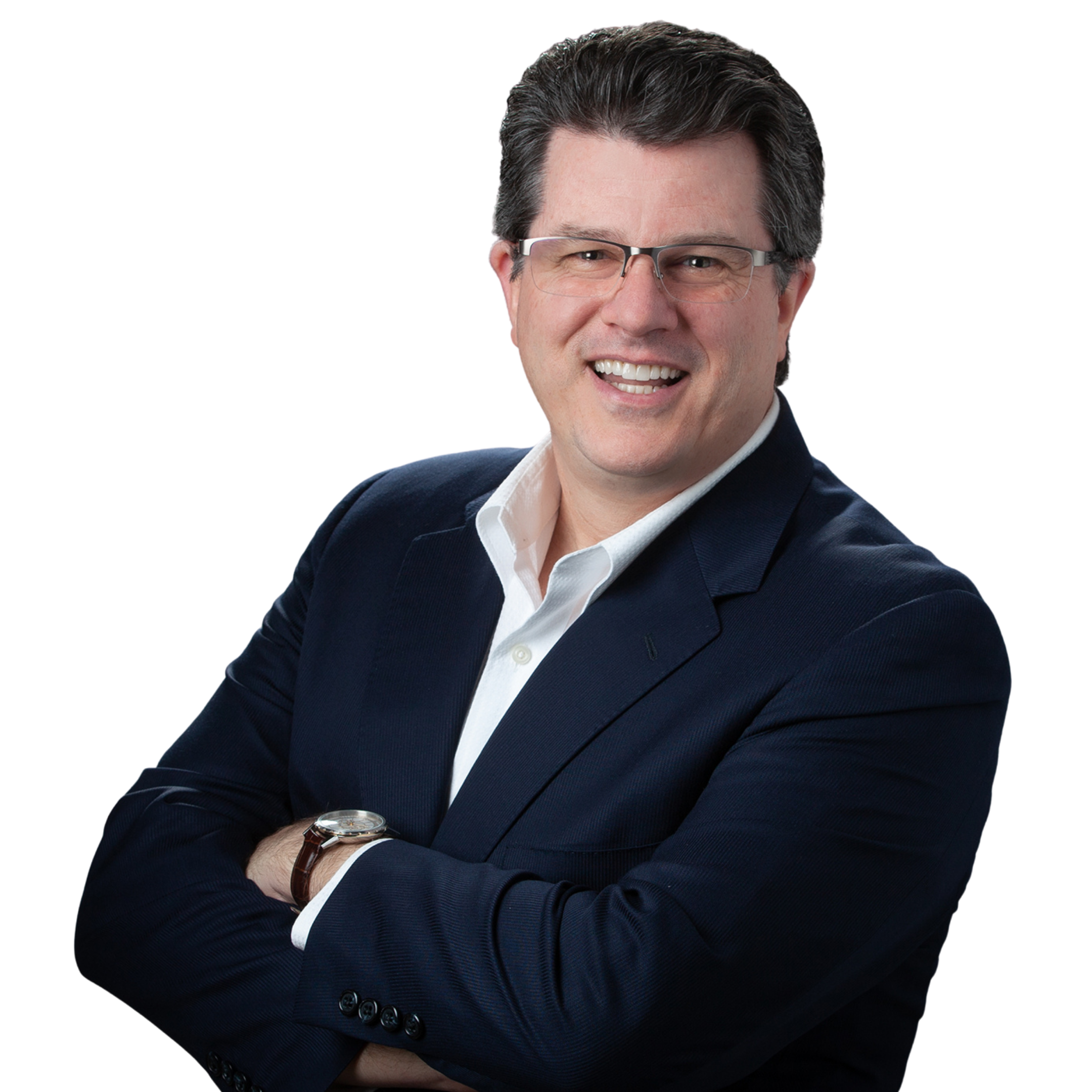 |
Utilizing Nonsurgical Fractional CO2 Laser Therapy to Improve Snoring and Airway ChallengesScott Parker, DDS, AASDA | Woodland Hills, Utah, USA Track: Innovations: Sleep Audience: All
Overwhelming evidence confirms the negative impact that snoring and poor quality of sleep plays in our society today. The physical and emotional health of the individual are primarily affected and the toll on society is equally high when sleep is compromised. The overall impact of poor sleep on systemic health as well as community health can be profound and devastating. As we begin to understand the toll, it is no wonder that sleep dentistry is one of the fastest-growing segments in our industry today. Traditionally, diagnostic tests of airway and sleep issues were impractical to administer and difficult if not impossible for the dental practitioner to understand. We acknowledge and praise the handful of maverick pioneers that forged the way to our understanding today. It is through their efforts that we have improved diagnostic tools, wearable technology, software, and laser therapies that make a tremendous positive impact in assisting clinicians to recognize, quantify, and successfully treat this health condition. Utilizing a CO2 laser is one of the most efficient and effective first lines of defense that a clinician can use to improve quality of sleep. When treatment of snoring and airway issues is performed correctly, it can give instant relief as well as long-lasting improvement in the elasticity of collagen. This improvement can lead to more restful sleep, improved relationships with a significant other, and more productive mental focus and overall well-being.
Educational Objectives:
Laser Information: Snore Application: DEKA, US-20 D UltraSpeed 10,600-µm Fractional CO2 Laser, Florence Italy, fractional scanner and intraoral sleep handpiece. Settings: 10 W Continuous Wave, 300 µs, 1000-µm DOT spacing, single or double stack in organized patterns for two passes. Lip and Tongue Application: DEKA, US-20 D UltraSpeed 10,600-µm CO2 Laser, Florence Italy, Standard surgical handpiece. Settings: Superpulsed 2 W, 80 Hz, 250-µm beam width.
Biography
Dr. Parker graduated from Loma Linda University School of Dentistry in 1996. Since his beginning in teaching in 1998, Dr. Parker has educated thousands of clinicians across the United States and internationally. In that time, he has advocated for increased standards in esthetic and restorative procedures, minimally invasive techniques, and dental technology. Recognized by his peers for his conservative yet progressive approach, as well as his ability to connect on a personal level, Dr. Parker’s realistic manner of teaching has made him a highly regarded lecturing clinician and consultant. In addition to speaking and training, he has written or is listed on more than 30 patents or pending patents and has published articles in a variety of respected dental journals. In 2011, after 16 years of dental practice experience, Dr. Parker transitioned from clinical dentistry into leadership roles in the dental industry and most recently serves as the Vice President of Clinical Affairs for DEKA Dental Lasers, where he oversees hands-on in-office clinical laser training and clinical application. Dr. Parker has a deep, hands-on understanding of dental esthetics, lasers, implants, functional reconstruction, and dental technologies. His professional affiliations include or have included: The Academy of Laser Dentistry, Academy of RV Tucker Study Clubs, American Dental Association, American Society for Dental Aesthetics (accredited), and American Academy of Cosmetic Dentistry.
Disclosure: Dr. Parker works full-time for DEKA Dental Lasers as the Vice President of Clinical Affairs.
Contact Dr. Parker by e-mail at [email protected].
|
 |
Nonsurgical Snoring Solutions with a 9.3-micron LaserAnthony Bolamperti, DDS | Omaha, Nebraska, USA Track: Innovations: Sleep Audience: Both
Did you know that 67% of the population snores? People who snore typically have an airway issue, and that can complicate other systemic health issues. One major airway issue is tethered oral tissue (TOT), which may cause airway obstruction. TOTs need to be identified and treated at the earliest age possible. When it goes undiagnosed and treated, they can lead to major health complications and negatively affect overall function. In the past, patients who needed intervention for snoring could opt for uncomfortable oral appliances, uncomfortable pull-forward splints, or invasive orthognathic surgery. With a particular laser-assisted application (Solea® Sleep), these patients now have a fast and effective alternative. This is an easy-to-administer protocol for use with a 9.3-micron all-tissue dental laser (Solea, Convergent Dental, Needham, Mass., USA) that provides patients with rapid relief by tightening the soft palate and reducing vibrations that cause patients to snore. Unlike surgical procedures that require long and painful recoveries, Solea Sleep is a nonsurgical treatment that allows patients to immediately return to their daily routines with little to no discomfort.
Educational Objectives:
Biography
Dr. Bolamperti is a general dentist in Omaha, Nebraska, and a graduate of Creighton University Dental School. He began practicing with his father in 1995 and opened his own private practice in 1997. Dr. Bolamperti is a part-time faculty member at Creighton University School of Dentistry. He has more than 15 years of laser dentistry experience.
Disclosure: Dr. Bolamperti lectures for Convergent Dental and receives a modest honorarium for these events.
Contact Dr. Bolamperti by e-mail at [email protected]. |
*Program schedule subject to change without prior notice.
MODERATOR BIOGRAPHIES
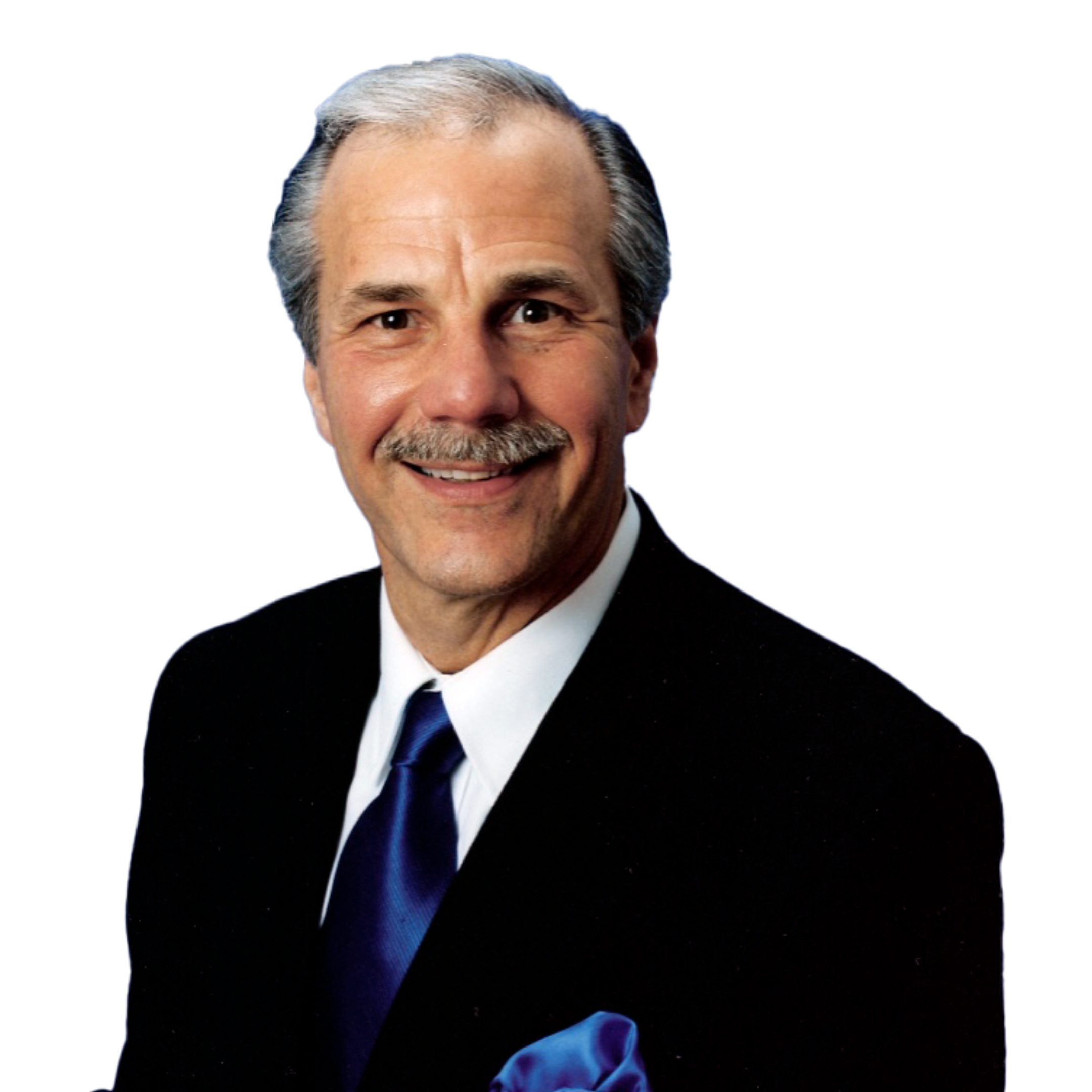 |
Mel A. Burchman, DDS, MALD Langhorne, Pennsylvania, USA
Dr. Burchman has maintained a general dentistry practice in Bucks County, Pennsylvania, since 1976. He began using lasers in 1998 and now has eight lasers in his practice. In 2001 he received Advanced Proficiency in Nd:YAG from the Academy of Laser Dentistry (ALD). In November 2003 he received The Science Behind the Clinic of Laser Dentistry award for his presentation on Nd:YAG and Diode Laser Therapy in the Medically Compromised Patient. Also in 2003 his office was featured in Men’s Health magazine in the article “The Drill Is Gone.” In 2005 Dr. Burchman received Certified Laser Educator status from ALD and received his Certificate of Mastership in 2008. He has been published twice in the ALD journal Wavelengths on the subject of lasers in the care of medically compromised patients and in 2012 received ALD’s Leon Goldman Award for Clinical Excellence for this work. He has presented on this topic over 70 times both nationally and internationally and it is his passion. Dr. Burchman has served the ALD as a mentor, examiner, and chairman of many committees, a member of the ALD Board of Directors, Executive Committee, Secretary, Treasurer, and Vice President. He was the keynote speaker at the 2014 OCMIS Laser Conference and the 2019 ALD-BAIRD laser conference in Qatar. In 2015 he was the General and Scientific Chairman of the ALD conference and in 2016 the Co-Program Chair of the American Society of Laser Medicine and Surgery (ASLMS) conference. In 2016 he received his Recognized Course Provider certification from ALD and was the Chairman of its 2019 conference. In 2018 he had the honor to testify before a Congressional Subcommittee on using dental lasers to help control opioid abuse. He was the President of the Academy of Laser Dentistry in 2020 and also helped found GMA Laser Education.
Disclosure: Dr. Burchman is co-founder of GMA Laser Education. Previously he has lectured for Sirona Dental, Benco Dental, and Henry Schein Dental, Advanced Dental Hygiene, Kerber USA, and MedX Laser Health Systems and has received honoraria for his efforts.
Contact Dr. Burchman by e-mail at [email protected].
|
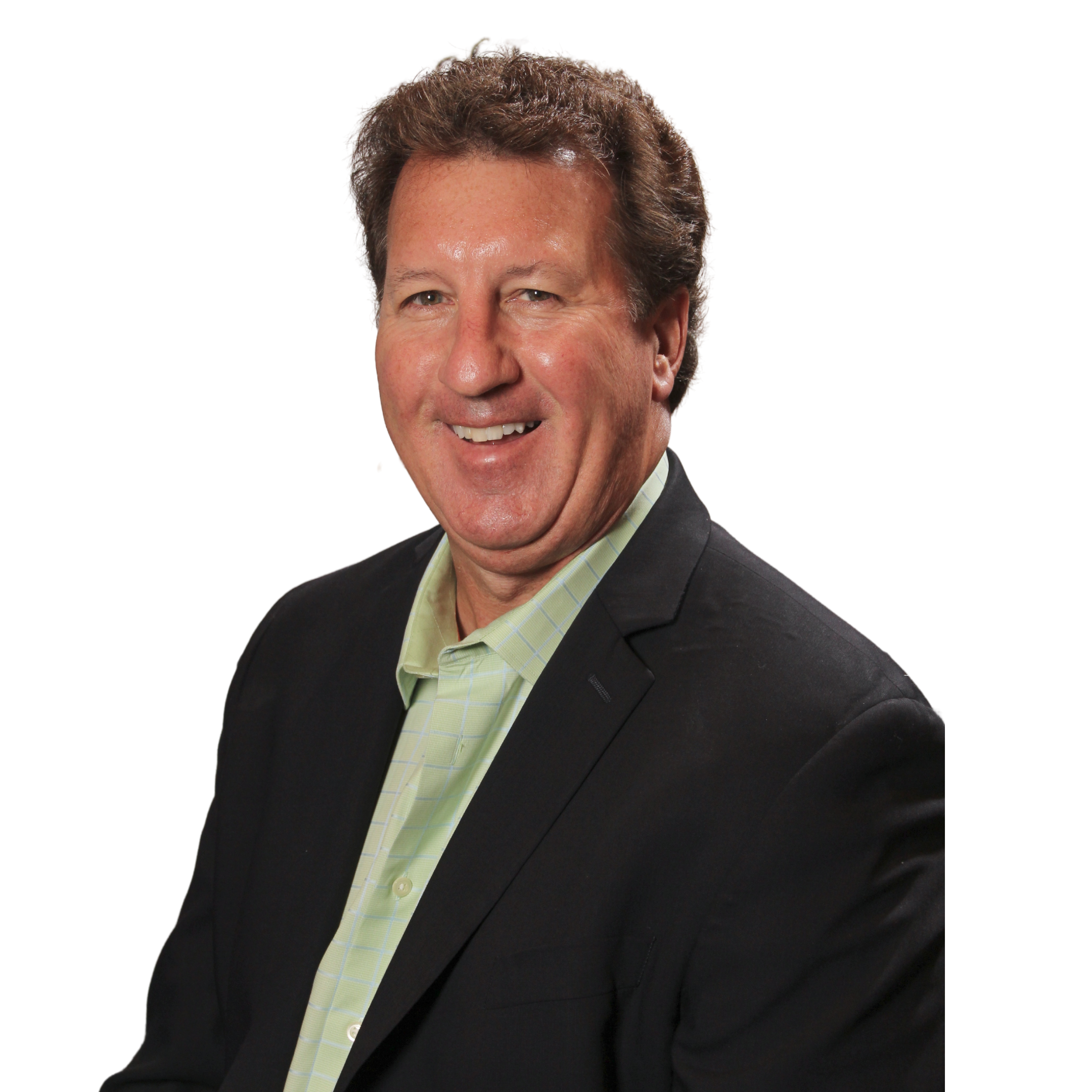 |
James S. Carreiro, DMD Largo, Florida, USA
Dr. Carreiro is a general dentist and has been utilizing laser technology since 2007. He incorporates laser technology in almost every aspect of patient care including photobiomodulation. Dr. Carreiro is a graduate of Fordham University and earned his dental degree from Boston University School of Dental Medicine. In addition, he holds Mastership Certification and Advanced Proficiency Certification from the Academy of Laser Dentistry, and is a member of the Academy’s Speakers Bureau. Dr. Carreiro is also a member of the ALD Executive Board and has also earned Fellowship Certification with the World Clinical Laser Institute.
Disclosure: Dr. Carreiro has a financial interest in Perioscience Corporation and occasionally teaches for Biolase and receives compensation.
Contact Dr. Carreiro by e-mail at carreirojs7@gmailcom.
|
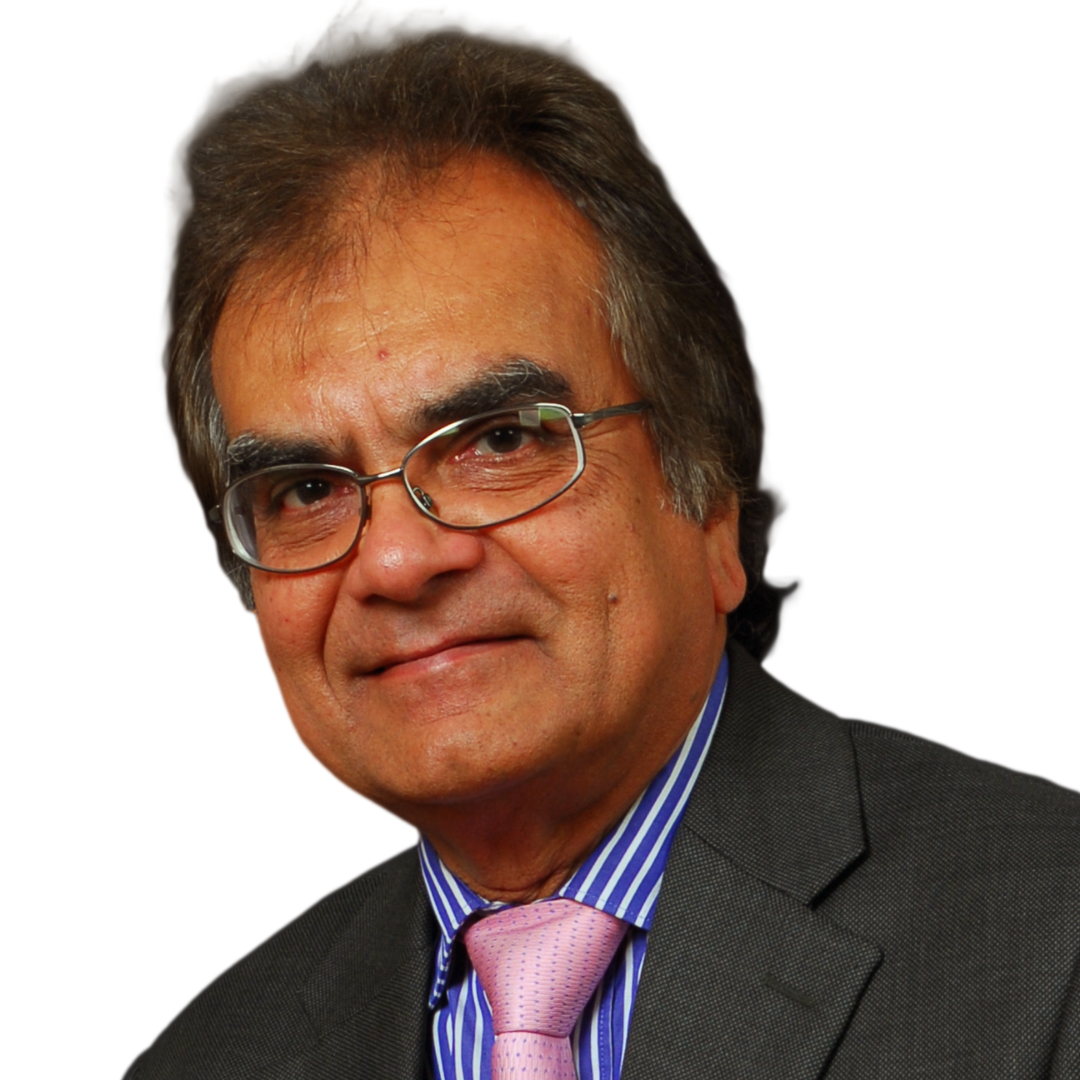 |
Arun A. Darbar, BDS, DGDP(UK) Smile Creations Innovations, Leighton Buzzard, Bedfordshire, United Kingdom
Dr. Arun Darbar is a multi-award-winning laser and esthetic dentist. At the forefront of laser dentistry, he has been dedicated to providing cutting-edge dentistry to his patients for over 35 years. He is an accredited member of the British Academy of Cosmetic Dentistry (BACD) and is the credentialing committee chair, a board member, and an examiner. Dr. Darbar continuously runs courses and trains dentists worldwide. He is also an invited speaker and published author on lasers in dentistry worldwide. He has been instrumental in pioneering the use of Low Level Laser Therapy (LLLT), more recently termed Photobiomodulation Therapy (PBM and PBMT), and using high-power surgical lasers with diffusers. He continues to be involved in research and development, designing and beta-testing of numerous laser units. As a leading member of the Academy of Laser Dentistry (ALD), he holds Master, Certified Educator‚ and Certification Course Trainer status. Professionally he serves on the ALD Board of Directors, is currently the 2021-2022 president, having previously served as the International Relations Committee Chair. In 2018 he served as Chair of ALD General and Scientific Sessions Committee, co-chaired the same for the 2018 Implants-Laser-Esthetics-Digital (iLED) conference in Dubai, and was the chair for the 2021 ALD conference. He is faculty for ALD international fellowship programs. In 2017 Dr. Darbar was the recipient of the prestigious John G. Sulewski Distinguished Service Award. He is a founding member of the International Academy of Innovative Dentistry (IAID).
Disclosure: Dr. Darbar is co-founder of GMA Laser Education. He is not sponsored for this presentation but does provide education for various organizations and receives modest expenses and remuneration.
Contact Dr. Darbar by e-mail at [email protected].
|
 |
Amir Daoud, BDS, DDS, FICOI Clearwater, Florida, USA
Dr. Daoud received his first dental degree from King’s College in London and after several years moved to United States and attended the New York University College of Dentistry. He has a passion for technology in dentistry and is on the forefront of digital workflows. He has been immersed in laser dentistry for the past 8 years of practice.
Disclosure: Dr. Daoud has been a paid speaker for both Fotona and Invisalign. He is an executive board member for the American Academy of Clear Aligners.
Contact Dr. Daoud by e-mail at [email protected]. |
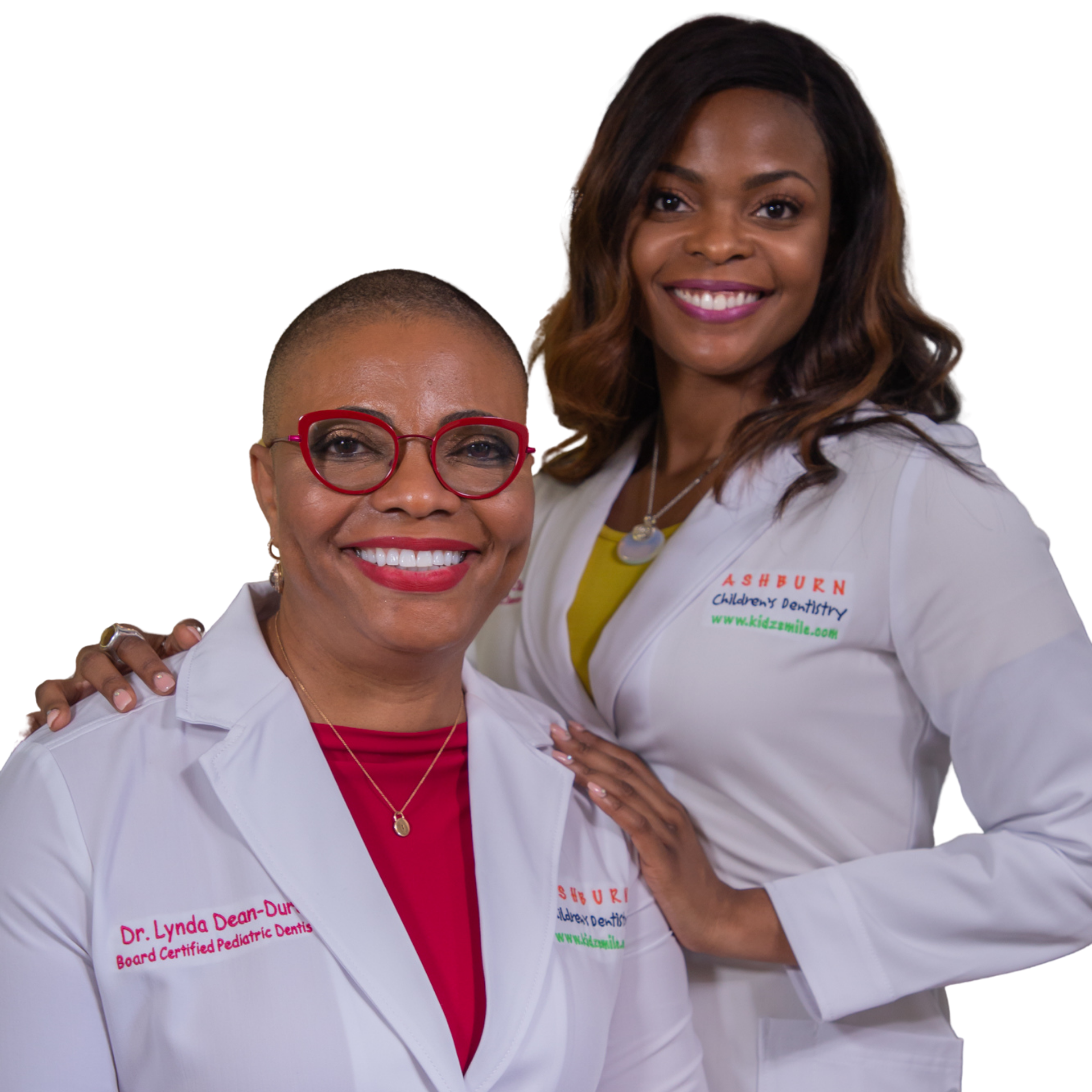 |
Lynda Dean-Duru, DDS, and Krystle Dean-Duru, DDS Ashburn Children’s Dentistry, Ashburn, Virginia, USA
Dr. Lynda Dean-Duru and Dr. Krystle Dean-Duru are Board-Certified Pediatric Dentists and oral airway specialists practicing at Ashburn Children’s Dentistry for over 35 years in integrative pediatric laser dentistry. Their practice is the area’s leading pediatric dental office in laser dentistry, infant care, and craniofacial growth guidance.
Dr. Lynda Dean-Duru is a Fellow of the Academy of Laser Dentistry and holds a Mastership of the World Clinical Laser Institute. She is a member of numerous dental associations and a Fellow of the American Academy of Pediatric Dentistry and of the United States Dental Institute. She is a Certified Orofacial Myologist, BabyLase and SmileLase provider, and an ALF (Advanced Light Force) provider, the first in the Ashburn, Virginia, metropolitan area to complete all levels required for the ALF Education Institute.
Dr. Krystle Dean-Duru is a Diplomate of the American Board of Pediatric Dentistry. A BabyLase and SmileLase provider, and an ALF provider, Dr. Krystle Dean-Duru is a founding member of the Academy of Applied Myofunctional Sciences and a member of the American Academy of Physiological Medicine and Dentistry and of the International Association of Orofacial Myology.
Disclosure: Dr. Lynda Dean-Duru and Dr. Krystle Dean-Duru have reported no conflicts of interest.
Contact Dr. Lynda Dean-Duru by e-mail at [email protected] Contact Krystle Dean-Duru by e-mail at [email protected]. |
 |
Samuel Low, DDS, MS, MEd University of Florida, Palm Coast, Florida, USA
Dr. Low is Professor Emeritus, University of Florida, College of Dentistry, and an Advisor Member of the Pankey Institute. He is a past president of the American Academy of Periodontology and is a current officer of the Academy of Laser Dentistry. Dr. Low provides periodontists, dentists, and dental hygienists with the tools for successfully managing the periodontal patient. He was selected “Dentist of the Year” by the Florida Dental Association, Distinguished Alumnus by the University of Texas Dental School, and recipient of the Gordon Christensen Lecturer Recognition Award. He is a Past President of the Florida Dental Association and past American Dental Association (ADA) Trustee.
Disclosure: Dr. Low has relationships including compensation and equipment with the following: Biolase, Florida Probe, Perioscience, and EMS.
Contact Dr. Low by e-mail at [email protected]. |
REGISTER NOW!
Once you register, you'll receive access to the recordings of sessions that have taken place.
SPONSORS & EXHIBITORS
THANK YOU TO OUR SPONSORS & EXHIBITORS
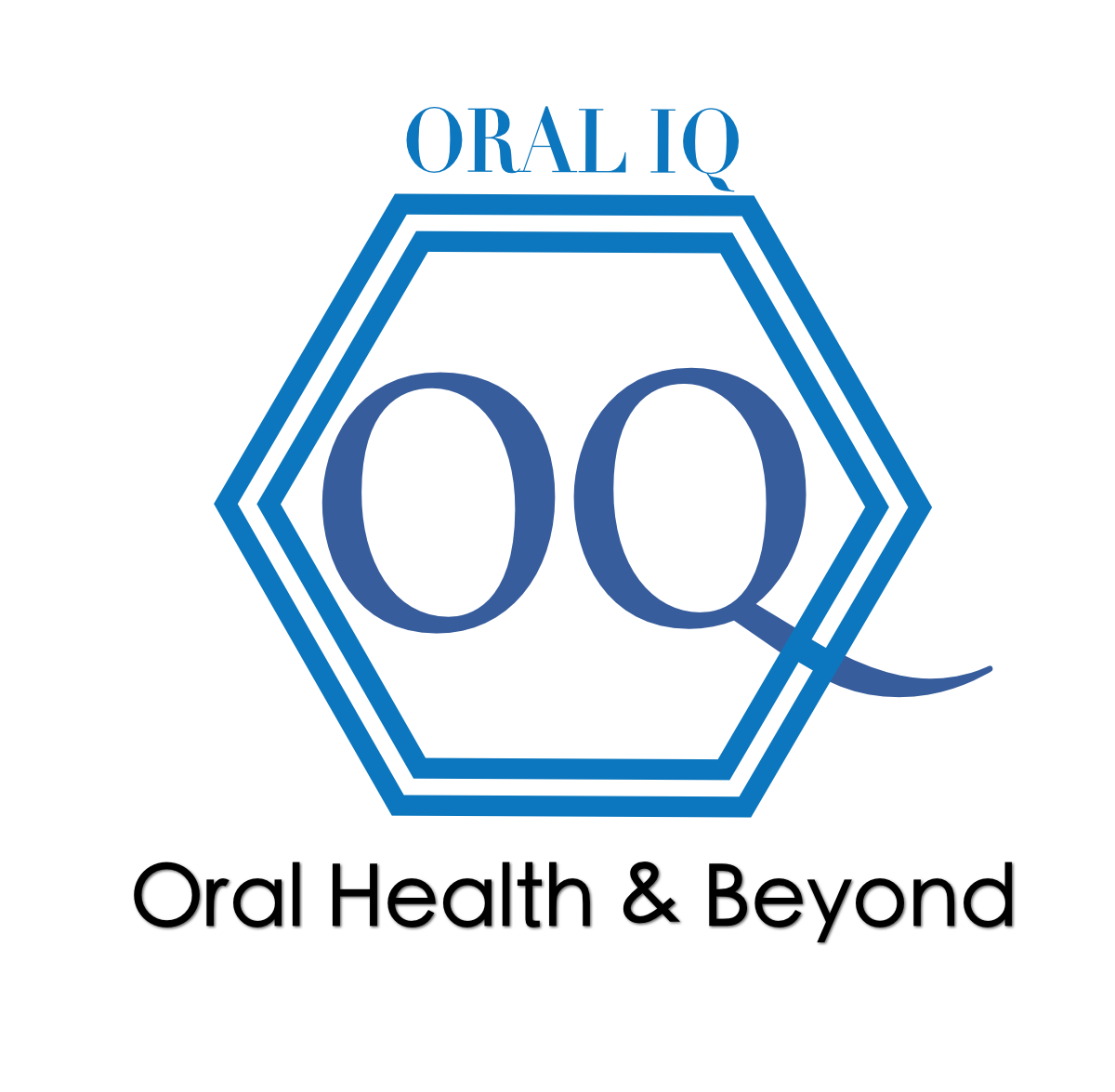 |
|
|
|
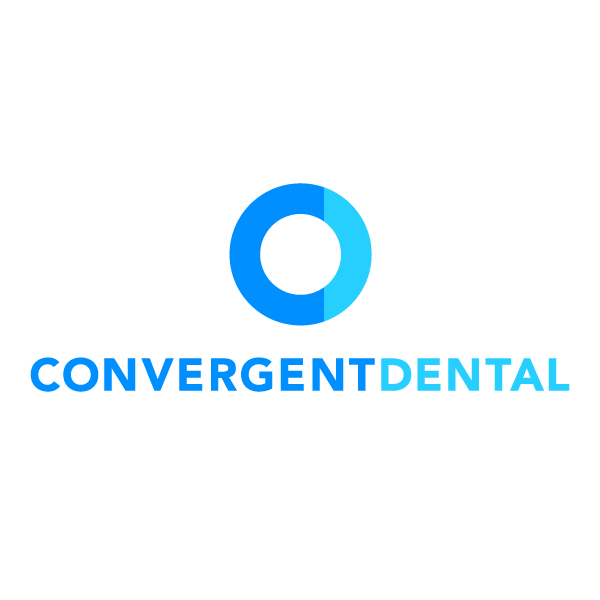 |
|
|
|
Click here for Exhibitor and Sponsor opportunities
2022 Conference Committee
|
Dr. Samuel Low |
Dr. James Carreiro |
Dr. Walid Altayeb |
Dr. Arun Darbar |
|
Dr. Larry Lieberman |
Dr. Marina Polonsky |
Lynn Atkinson, RDH |
Dr. Blake Cameron |
EXHIBITOR & SPONSOR OPPORTUNITIES
Click here for sponsorship package descriptions.
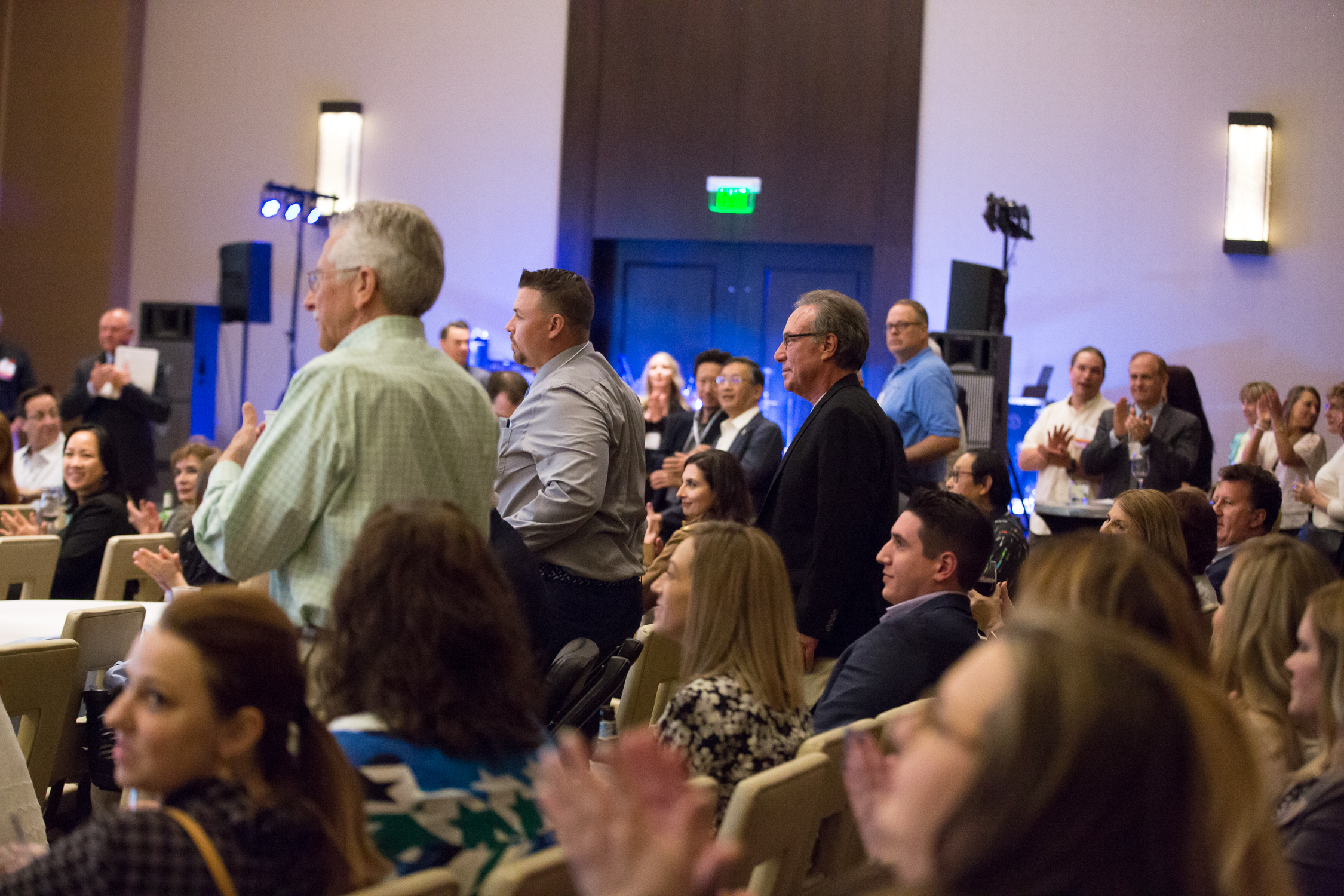 |
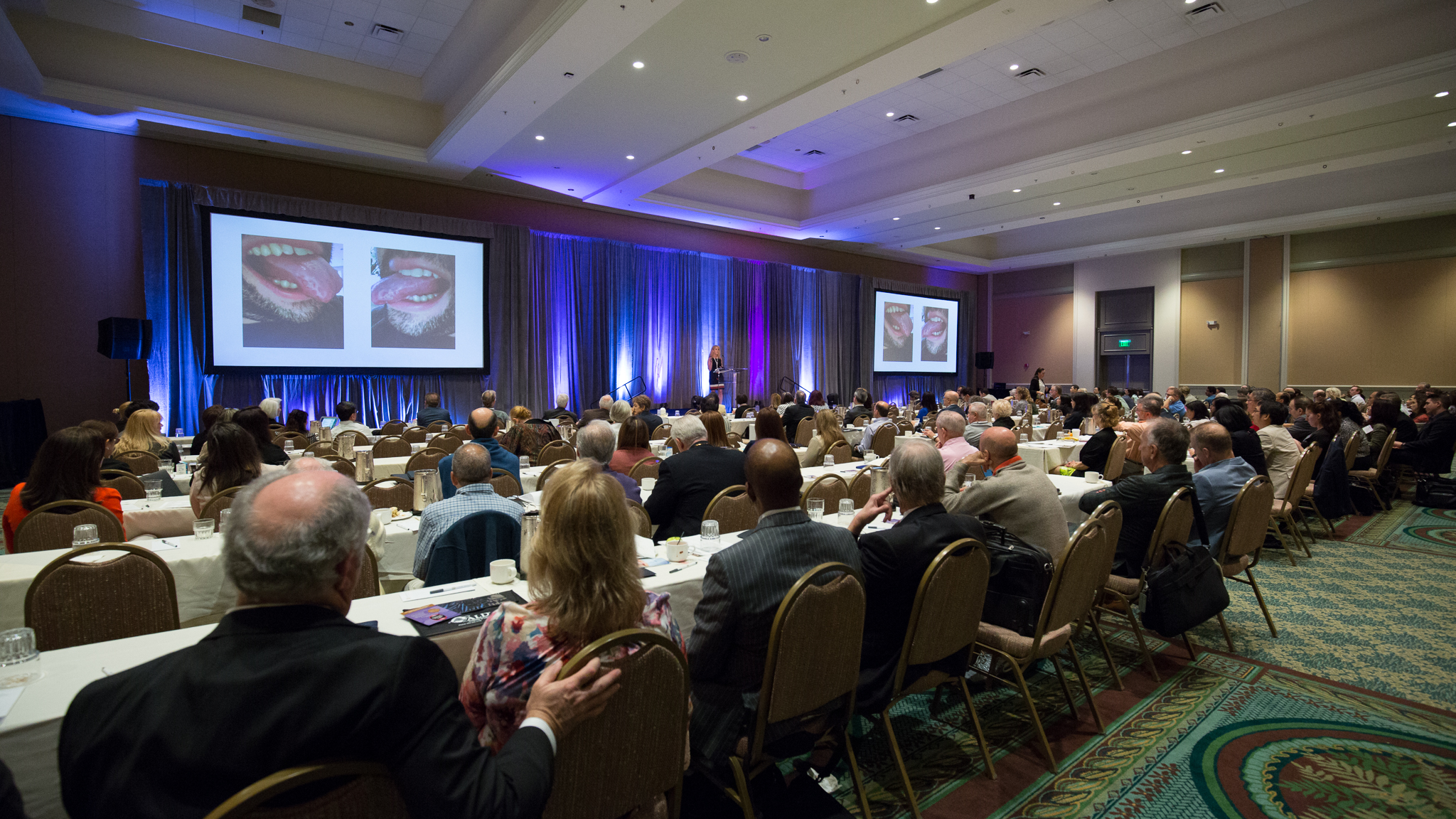 |
 |
ALD Organization Disclosure - Disclaimer on Protocols and Opinions
The views expressed and opinions and materials presented during a presentation represent the personal views and opinions of the individual speakers and do not necessarily represent the views and opinions of the Academy of Laser Dentistry. The Academy of Laser Dentistry assumes no responsibility for the content of the presentations made by individual speakers pertaining to protocols for laser treatment. Any suggested protocols for treatment may be based upon the speakers' own clinical experience and should not be construed as Academy of Laser Dentistry recommended protocols.
Note: These presentations discuss investigational devices that may not yet have received U.S. FDA approval or clearance for the specified clinical indications, or describes off-label uses.

The Academy of Laser Dentistry (ALD) is a not-for-profit organization qualifying under Section 501c(3) of the U.S. Internal Revenue Code.The Academy of Laser Dentistry is an international professional membership association of dental practitioners and supporting organizations dedicated to improving the health and well-being of patients through the proper use of laser technology. The Academy is dedicated to the advancement of knowledge, research, and education and to the exchange of information relative to the art and science of the use of lasers in dentistry. Abstracts, presenter biographies, disclosure information, and product descriptions are published for educational purposes as submitted by the respective presenters and exhibitors. They do not necessarily represent the views of the Academy of Laser Dentistry. ALD is not responsible for the opinions expressed by the presenters, exhibitors, and advertisers. Written permission must be obtained by the Academy to audiotape, videotape, duplicate, and/or distribute any portion of the conference program or proceedings. The ALD Conference presents opportunities that may discuss investigational devices that have not yet received U.S. FDA approval or clearance for the specified clinical indications or describes off-label uses. Practitioners are advised to investigate and consider which medical devices and materials are cleared by the U.S. Food and Drug Administration for safety and efficacy and which are considered experimental, and which procedures are within the applicable scope of their license, competence, skills, and abilities, as established by their education, training, and experience. Clinicians are advised to review the specific indications for use of their devices and to review their operator manuals for guidance on operating parameters before attempting similar techniques on their patients.
© Copyright 2021 Academy of Laser Dentistry. All rights reserved.




